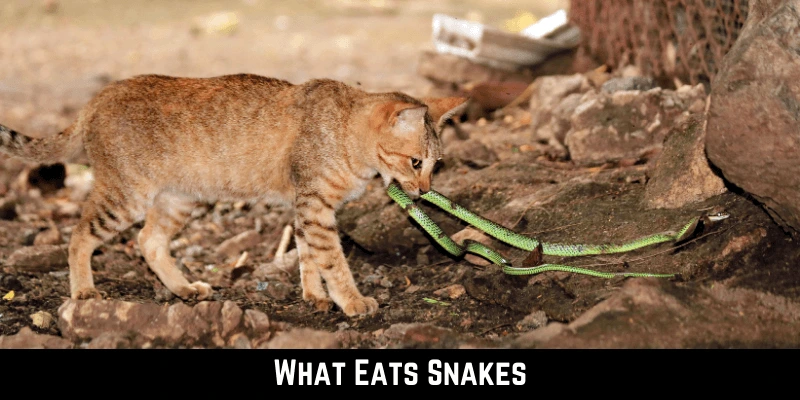Do you know; snakes are the most deadly and dangerous reptiles on the earth? Almost 200 species of snakes are present on earth that can harm humans. As they eat different animals, certain animals also eat them. But what eats snakes?
There is a large variety of animals that snakes eat. They eat birds like owls, crows, eagles, ducks, and geese that drop down on earth. Moreover, several strong animals can outwit snakes, including crocodiles, bobcats, opossums, foxes, dogs, etc.
Do you want to know more about the eating habits of snakes? If so, read the below details to know everything about it.
What Is Ophiophagy?
Animals that hunt and consume snakes engage in a particular feeding or alimentary behavior known as ophiophagy. The word ophiophagy is derived from the Greek “ophis” (snake) and “phagein” (to devour). Because of this behavior, the venomous king cobra’s genus is named Ophiophagus Hannah.
Many animals view snakes as treats, although most people perceive them as slimy, poisonous creatures. The venom of some snakes doesn’t affect a lot of Ophiophagus animals. Virginian opossums have been proven to be the most resilient to snake poison.
Why Do Animals Kill and Eat Snakes?
Animals kill and eat snakes only when necessary, such as when starving. The most frequent explanation is that larger predators frequently eat snakes because they are an accessible food source and an excellent source of protein.
The need to eliminate a possible rival is another factor that could lead to animals eating or killing snakes. Moreover, by eating snakes, animals can make their environment friendly for themselves and their young by reducing the quantity of these potentially harmful reptiles in the region.
Animals That Eat Snakes
Various animals eat and prey on snakes. A list of such animals is given below.
Wolverine

Wolverines are ultimate predators. The animal is indiscriminate and ruthless, attacking and devouring anything. They shared their food web with rodents, rabbits, worms, mice, frogs, birds, and snakes.
According to Frontiers in Zoology, wolverines are more active at dawn and dusk. During this time, they climb trees and spend much time hunting birds and animals like snakes. Moreover, they travel 15 miles daily in quest of food.
Mongoose

Mongooses eat snakes because they have resistance against the venom of snakes. These animals are resistant to various venoms because of special acetylcholine receptors in their bodies.
Herpestes species of mongoose are more likely to choose snakes if they are native to warmer regions like Southern Europe, Asia, or Africa. These species include the Angolan slender mongoose, the Cape gray mongoose, the common slender mongoose, and the Egyptian mongoose.
Kingsnake
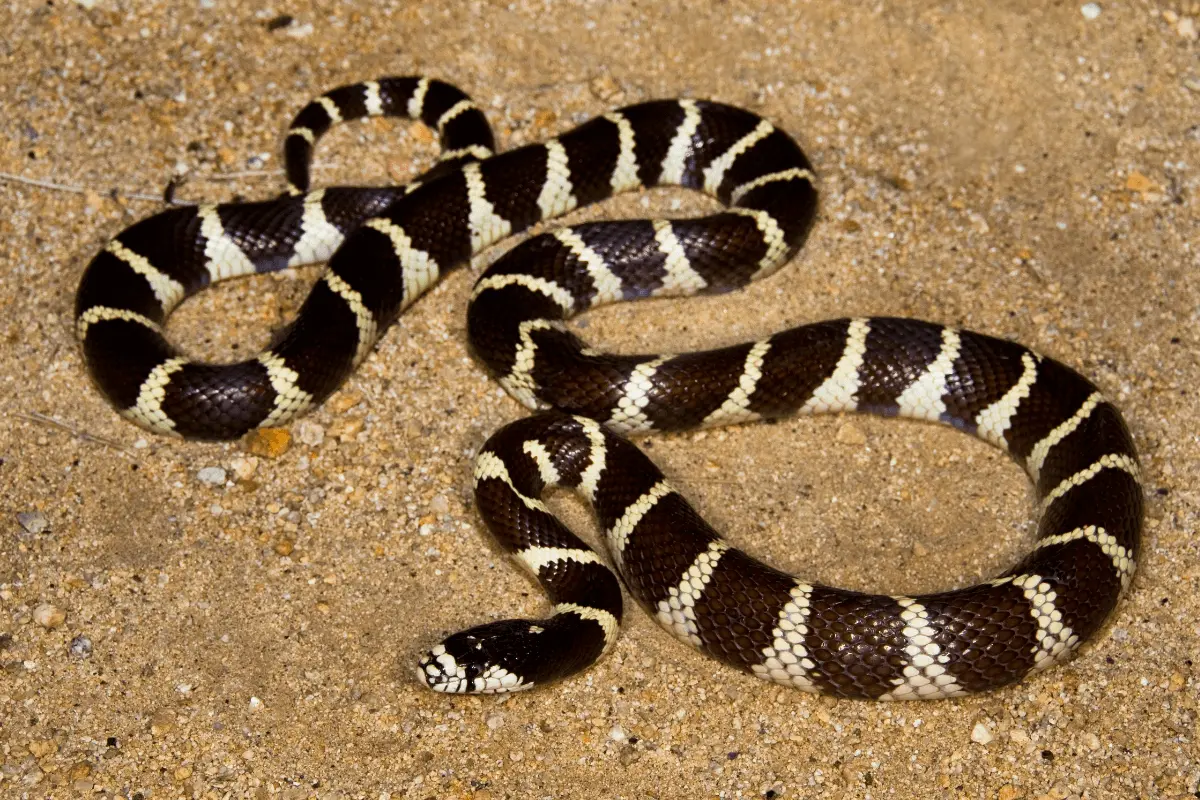
These snakes hunt for and consume other snakes, including poisonous ones. They are resistant to rattlesnake poison. Moreover, they apply compression to kill their prey. Compared to rat snakes and pythons, some species of kingsnakes can exert twice the amount of compression force.
Therefore, they are highly suited for killing snakes, which can withstand decreased blood oxygen levels before hypoxia.
Crocodile
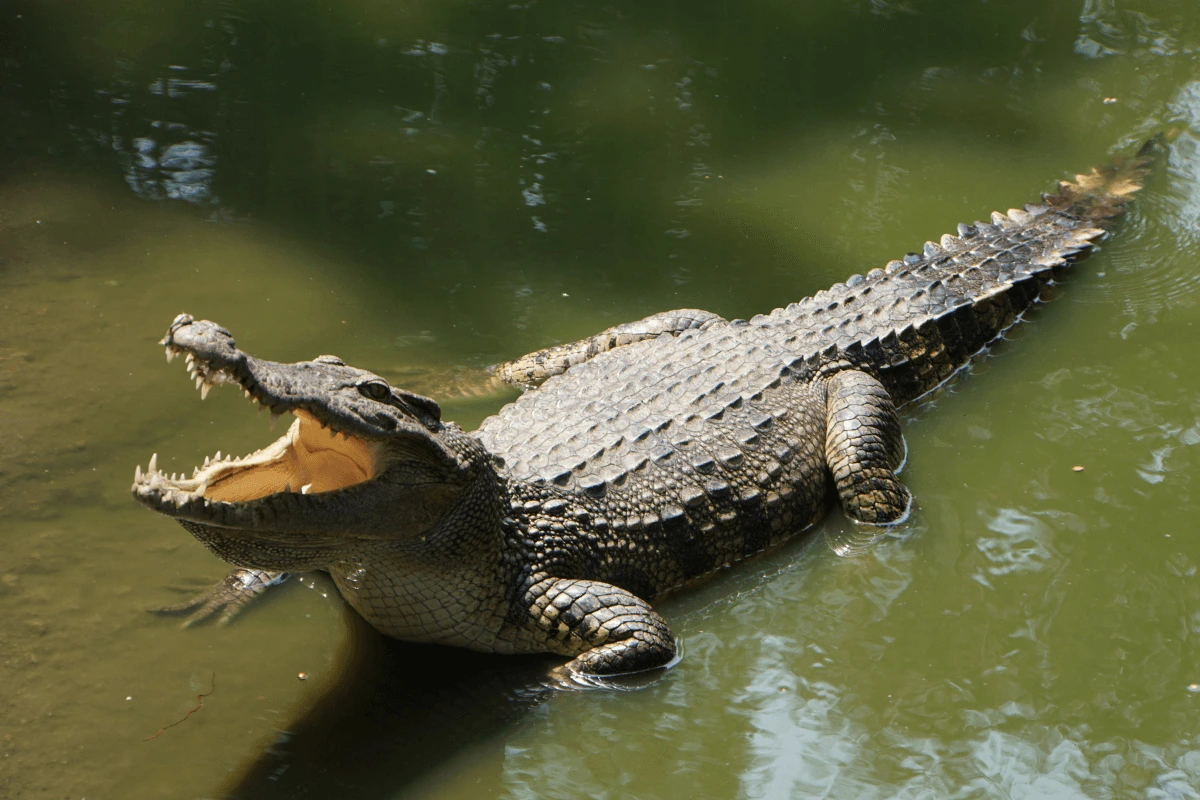
Crocodiles are among the deadliest reptiles and are renowned for their ambush predation strategy. They can eat all reptiles, including snakes. Since they have thick skin, they are less likely to become poisoned by an animal’s bite. Saltwater crocodiles are notorious for intrusively hunting sea snakes because they are the largest extant reptile species. They have a fondness for eating sea snakes.
American Badger
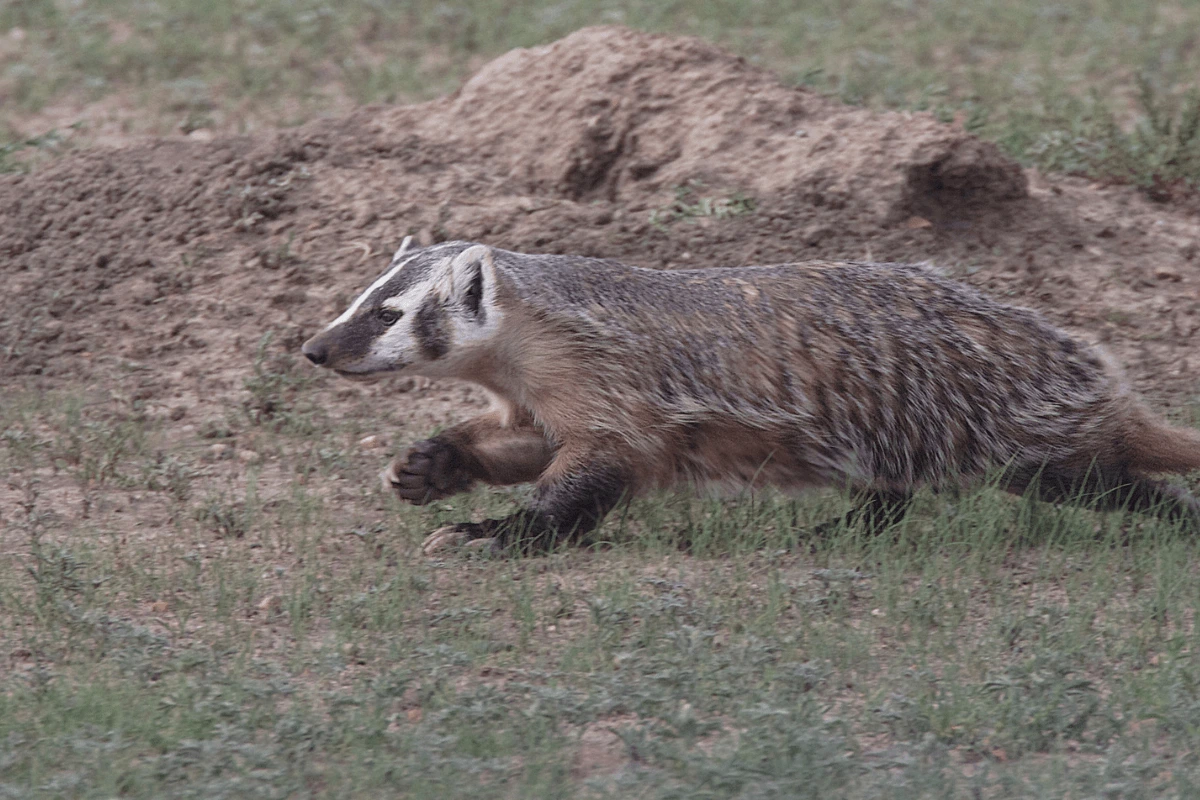
They are short-legged, stocky mammals that live all over North America and are related to otters, ferrets, weasels, and wolverines. Due to their carnivorous nature, American badgers would cheerfully consume a snake. They are the main predators of rattlesnakes. Moreover, they often eat grains and seeds but only when they have nothing to eat.
Jaguars
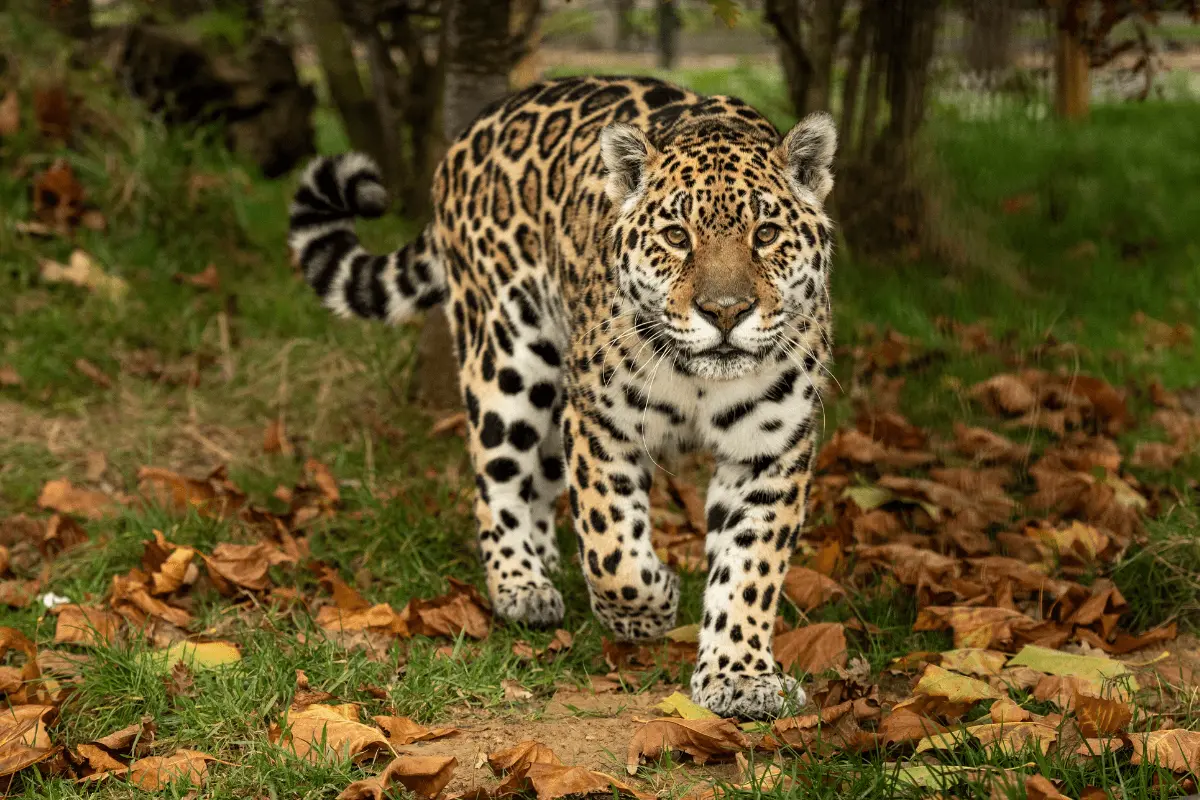
They are among the largest cat species in America. These cats are proficient swimmers and lones, opportunistic apex predators that typically roost on logs and plants. Because it must eat flesh to survive, the jaguar is an obligate carnivore.
Compared to other big cats, jaguars appear to consume reptiles more frequently. They consume several kinds of snakes, caimans, and turtles to fulfill their nutritional requirements.
Bobcat
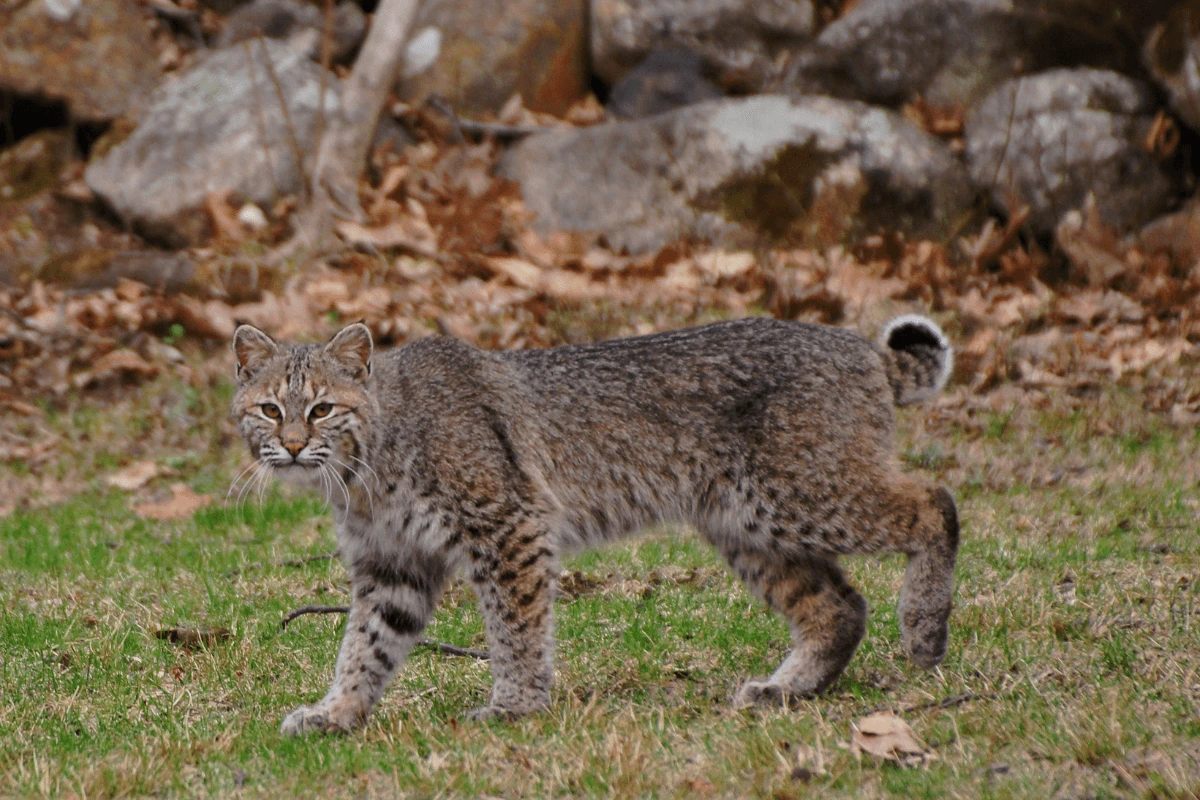
It is another type of cat that eats snakes. They can also go for creatures like white-tailed deer and rattlesnakes. Its hunting tactics are different from the prey it traps. Further, bobcat hunts in areas full of animals.
They wait for victims to approach while lying, crouching, or standing. It then leaps forward and snatches its prey with its razor-sharp claws. Additionally, when stalking larger prey, it lurks undercover and waits until the target is within 6 to 11 meters before striking.
Lynx is a type of bobcat that has short legs and long paws. They are fearless predators and can consume poisonous snakes. The scent of lynx is a boundary marker to keep other cats away from their territory. As they are shy, you may see them very often.
Furthermore, they tend to avoid humans when they are out at night wandering. They scale rocks and spend the night in hollow trees, shrubs, and wetlands.
Hedgehog
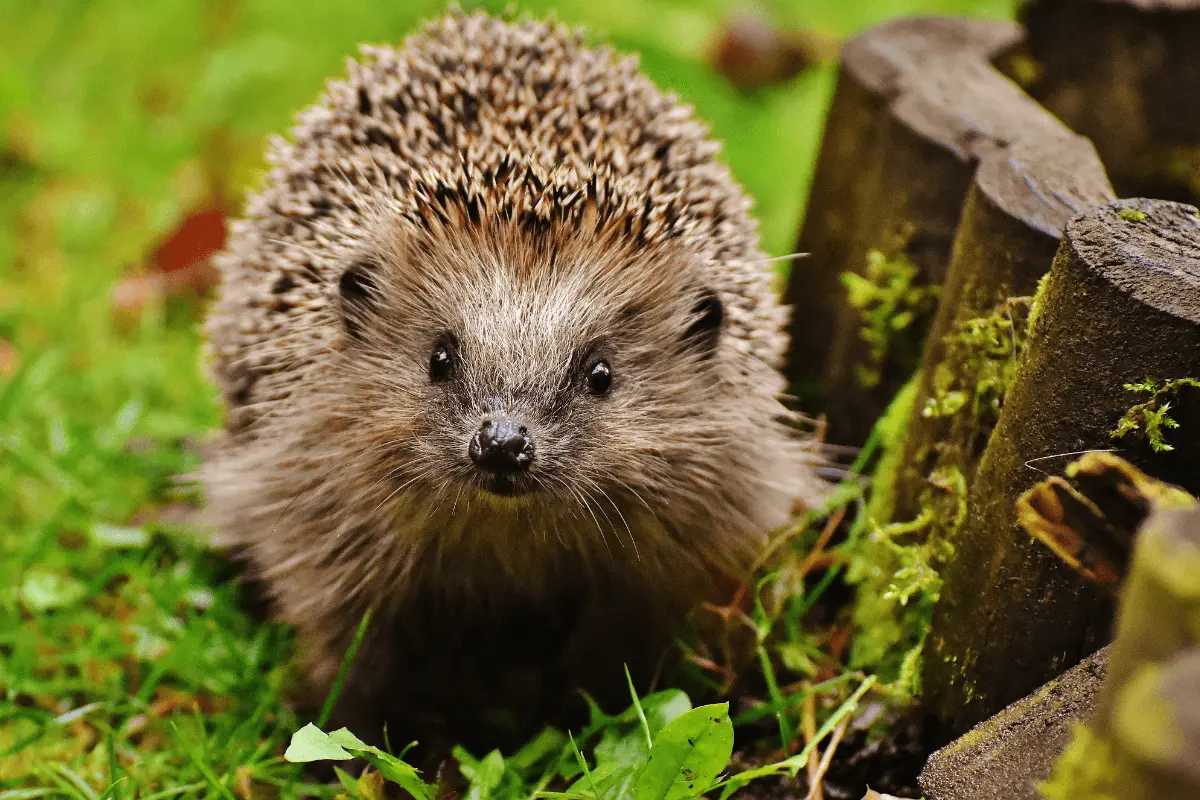
The hedgehog is a small and sturdy mammal often known as a pincushion with legs. It has immunity to various toxins. So, it can eat several poisonous animals, including Scorpio, snakes, spiders, bees, and frogs.
Moreover, some hedgehog species can survive only on small insects, while some eat anything available to them, like fruits and vegetables. Additionally, they can also live without feeding for so long.
Opossums
Virginia Opossums are the only species that live in northern Mexico and Central America. Opossums are omnivores and can eat anything available to them. They can eat food sources of both plants and animals, like invertebrates, fish, and amphibians.
Moreover, they can also eat poisonous rattlesnakes because they have strong resistance against their venom.
Scottish Terrier
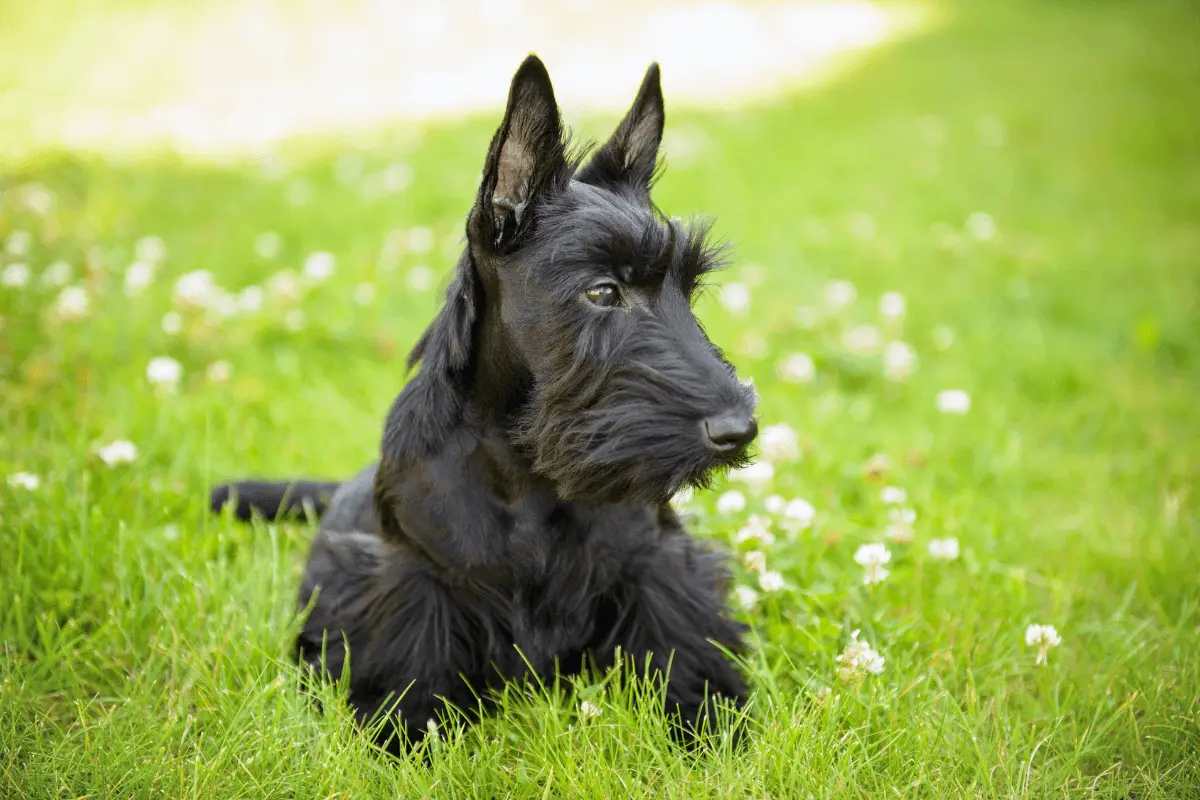
The Scottish terrier is a species of dog having a natural taste for snakes. The Scottish Terrier is a cheerful, self-assured, and independent pet, and many people keep them for hunting animals.
This dog looks like a working canine who does his job well and professionally. They are proficient watchdogs, and if you have any snakes or snake eggs on your property, you can count on them to flee as soon as they see your terrier.
Two-Toed Amphiuma
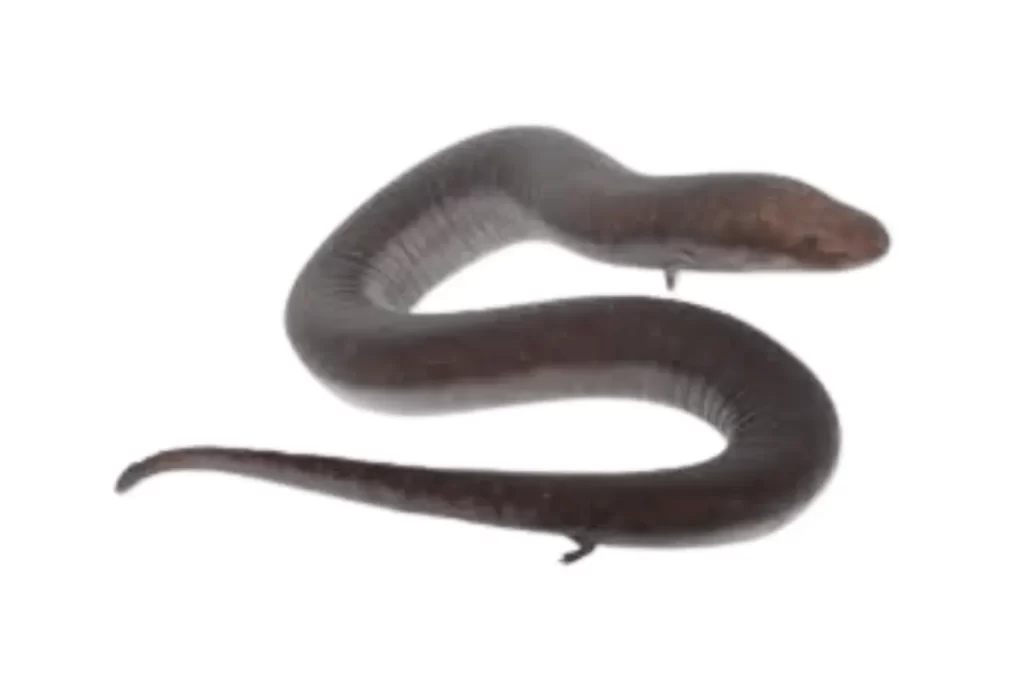
Two-toed amphiuma is an aquatic salamander present in Southeast America. They are violent animals with thin bodies that look a lot like eels. These animals have special senses to know about their prey.
They eat insects, crayfish, tiny fish, tadpoles, and larvae of insects, but they also consume numerous Nerodia water snake species.
Honey Badger
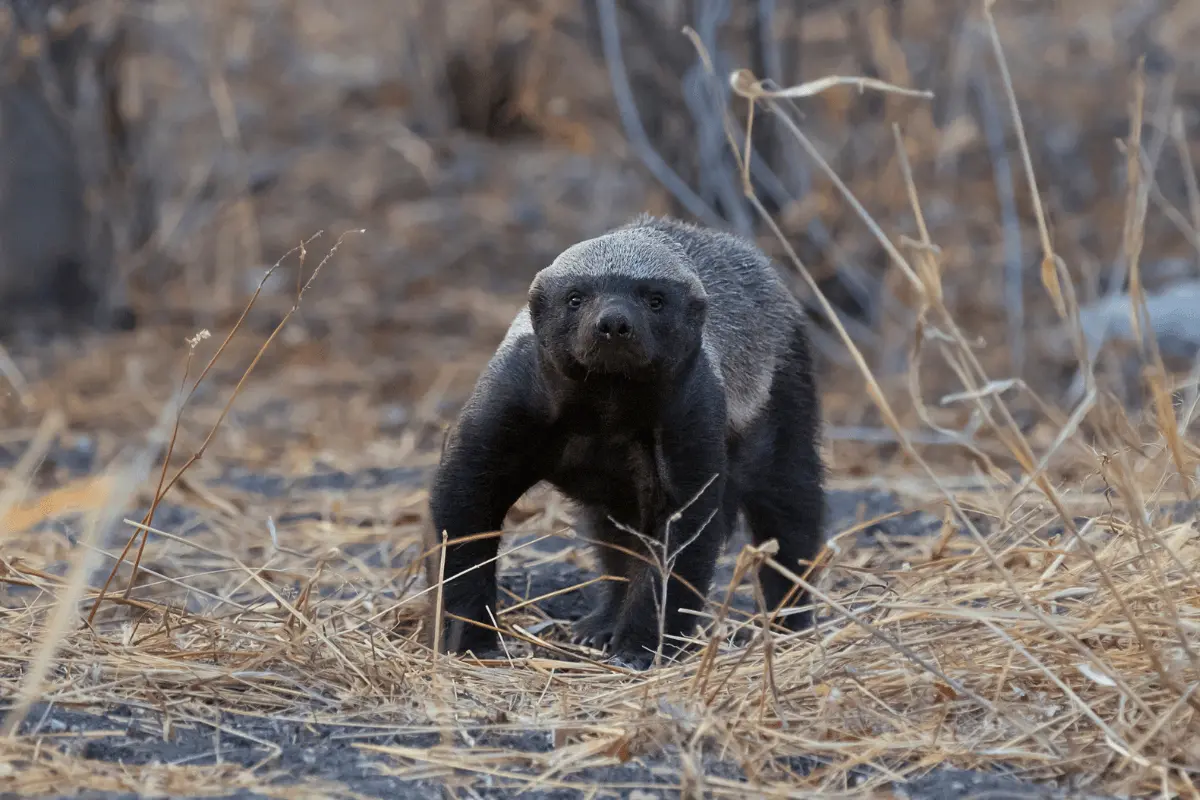
Honey badgers are also known as rattles and are widely distributed in Asia. According to the Journal of Mammalian Biology, honey badgers are secretive carnivores with a low population and a wide geographic range.
Honey badgers continue to hunt snakes because of their immunity to a King Cobra bite. Moreover, the predatory badger consumes more than half of its total diet of snakes during the warmer months of the year when snakes are most active.
Tiger Shark
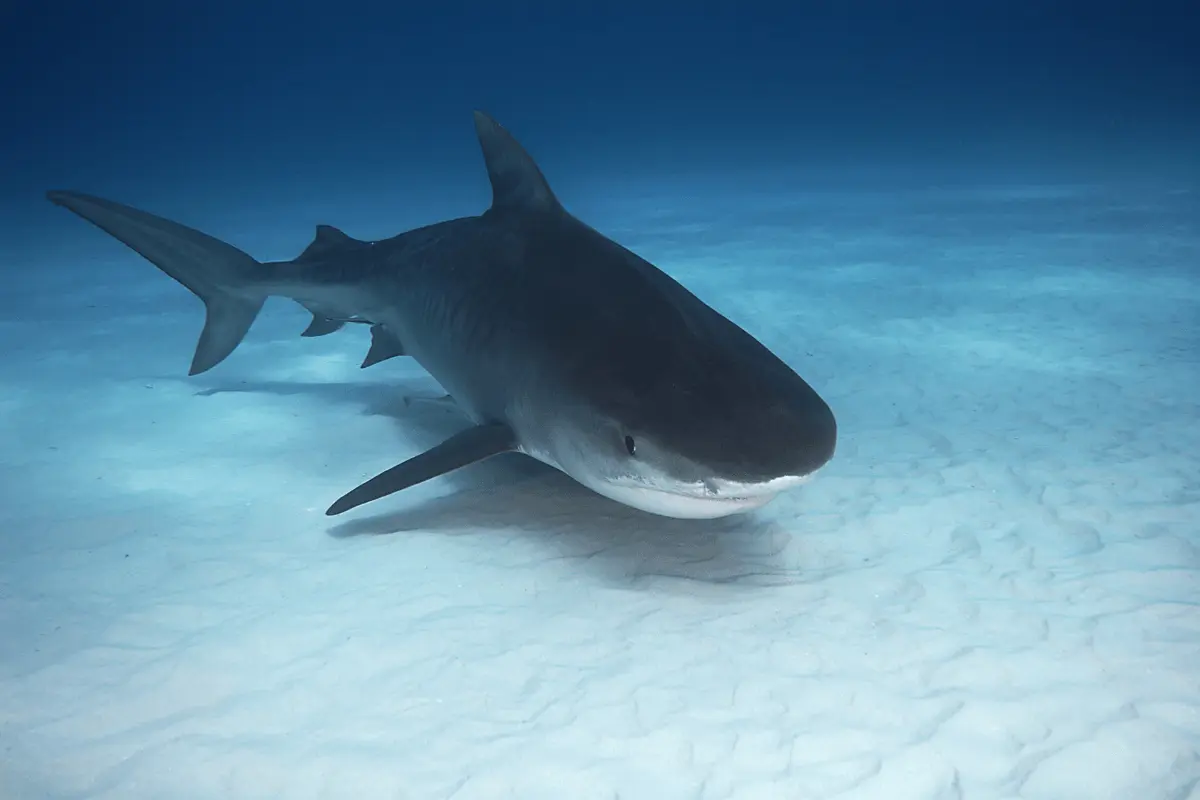
Several species of sharks are top predators in the ecosystems in which they live, actively consuming various animals to sustain their carnivorous-only diet. The shark can safely approach an animal in cloudy water because of its capacity to detect low-frequency pressure vibrations.
Moreover, they can eat whole animals upon attack. It consumes several fish, seabirds, sea snakes, dolphins, dugongs, seals, sea lions, and sea turtles.
Bengal Fox
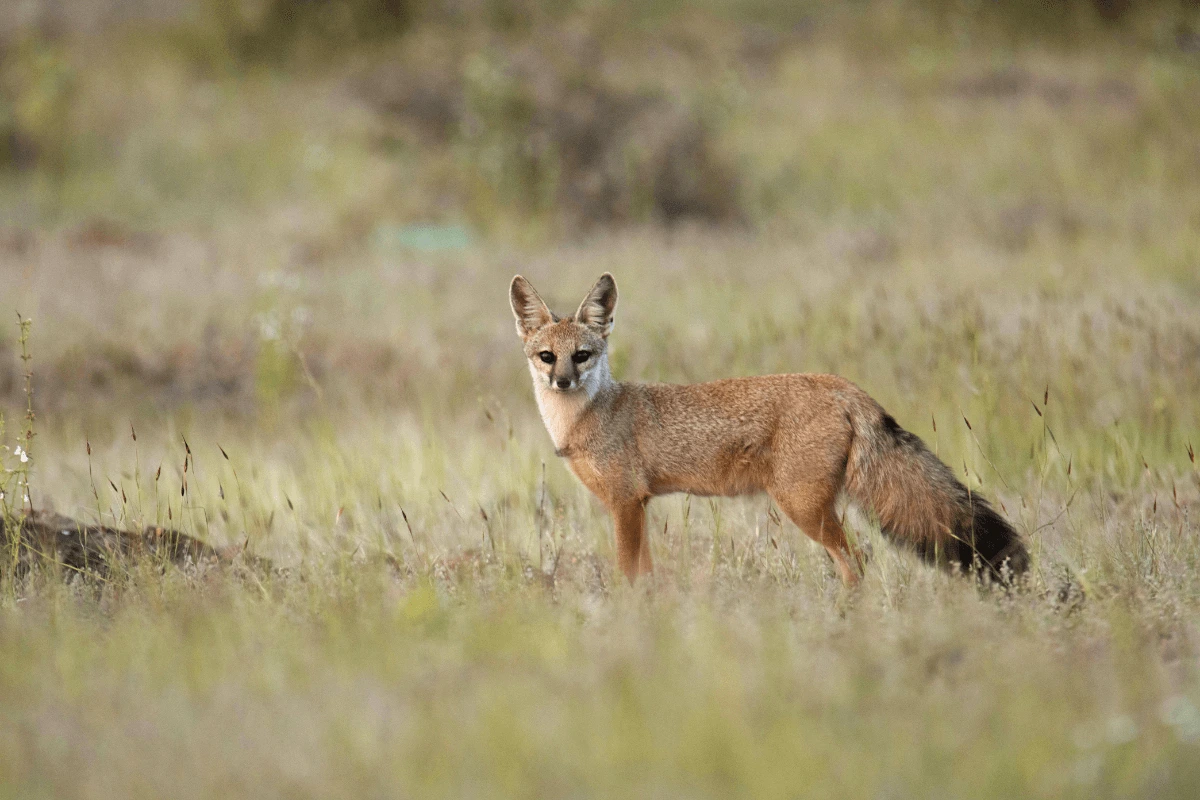
Bengal foxes are also called Indian foxes and are a form of Asian foxes. They vary their body color according to the season. These foxes choose foothills, semi-desert, open grassland, and thorny scrubby regions to live over wooded ones.
Since these foxes are omnivores, they can eat birds, reptiles (snakes), insects, and larvae. Moreover, they are more active at dawn and dusk. So, they are most likely to hunt snakes before or after sunset or rise.
Asian Water Monitor

The Asian water monitor is a sturdy and brilliant species of lizard. They grow quickly and reach up to 8 feet in length. Additionally, they have big tails that help in propelling through the water.
Because they are hypercarnivores, 100% of their diet is meat. They naturally consume various foods, such as eggs, rodents, domestic animals, birds, crabs, snakes, and lizards. Moreover, Asian water monitors in captivity require a lot of food when they are growing.
Bicolored Shrew
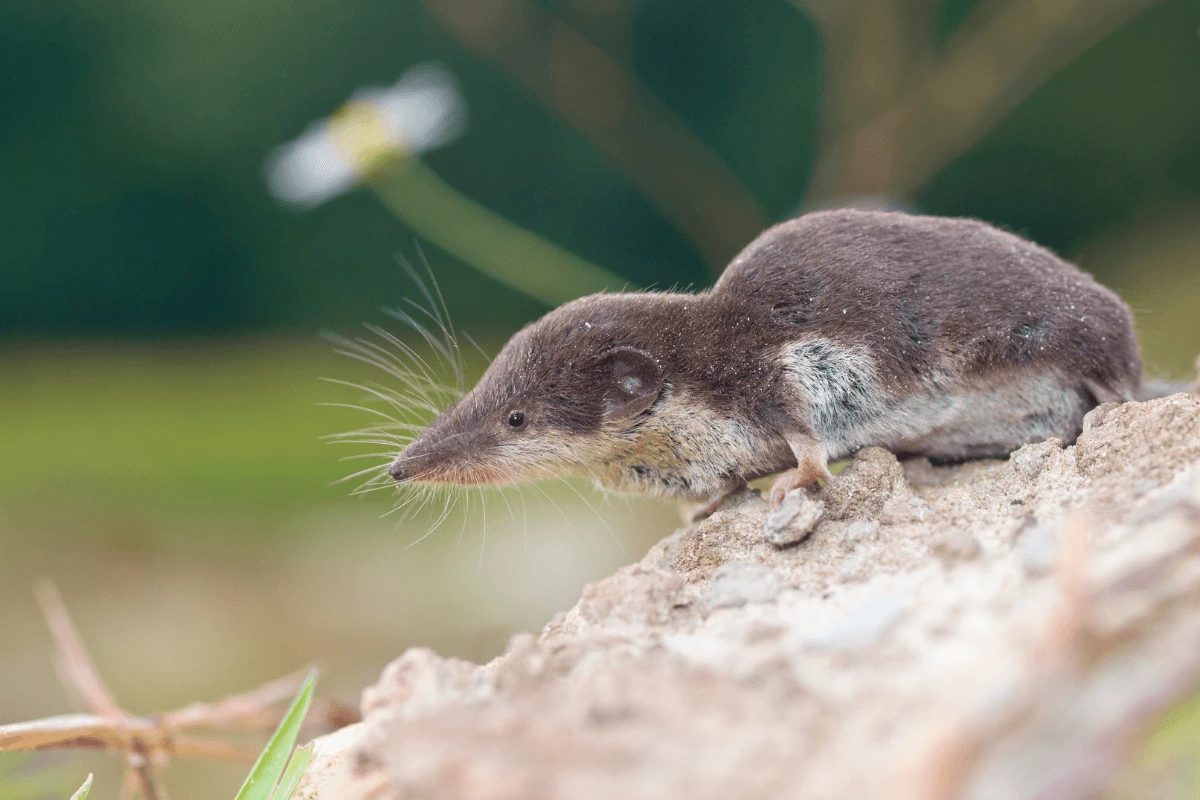
It is a species of mammal and is commonly found in Western Asia. Although the bicolored shrew is nocturnal and eats small insects, some species can also eat small snakes. Moreover, they have special tactics to prevent themselves from a threat.
When in danger, one of a group of young shrews use its teeth to grab its mother’s fur near her tail, and the other shrews follow suit by holding on to each other’s tails one at a time until the entire group is bound together.
Coyotes
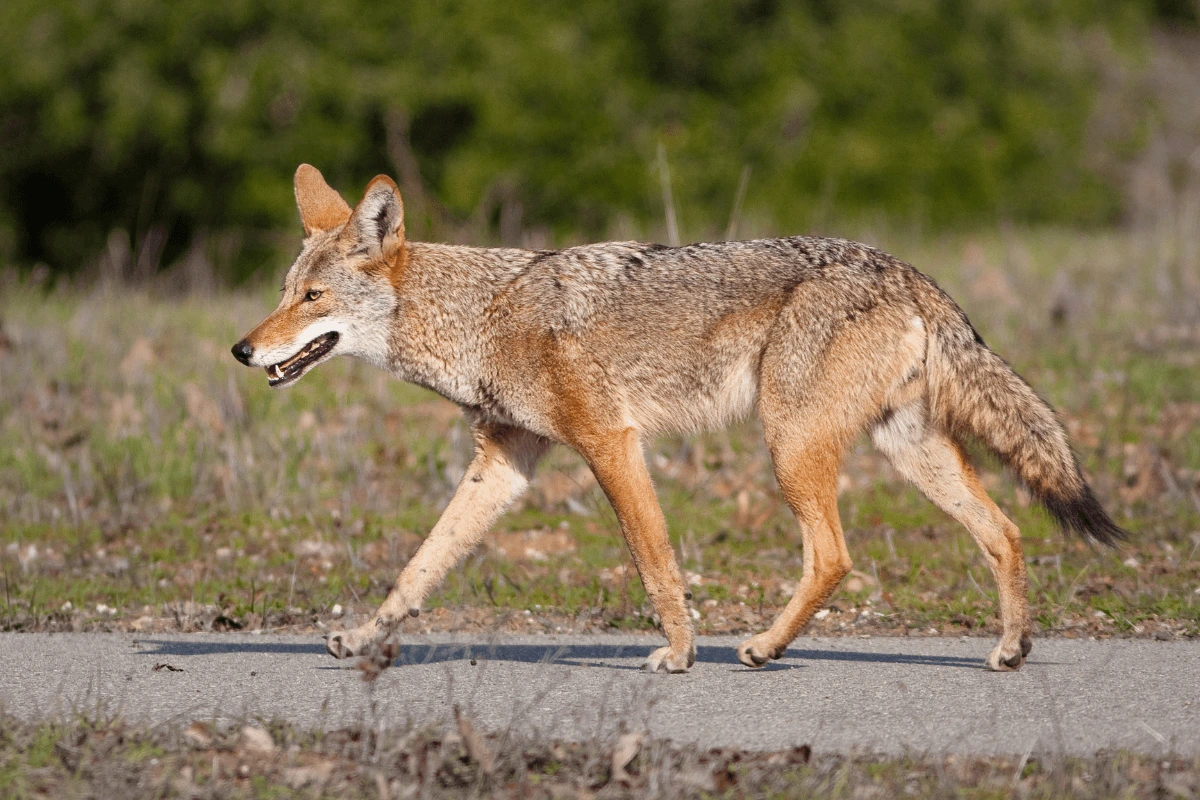
Coyotes are highly adapted animals. Although coyotes are the kings of flexibility, they don’t top the list of snake eaters. In comparison to other of their preferred foods, such as white-tailed deer and rabbits, snakes make up a minor portion of a coyote’s diet.
Because snakes are most available during the dry season, coyotes are more prone to hunt them at this time. Furthermore, Coyotes are opportunistic and eat anything available for food; they do not specifically target any one kind of snake.
Goliath Birdeater
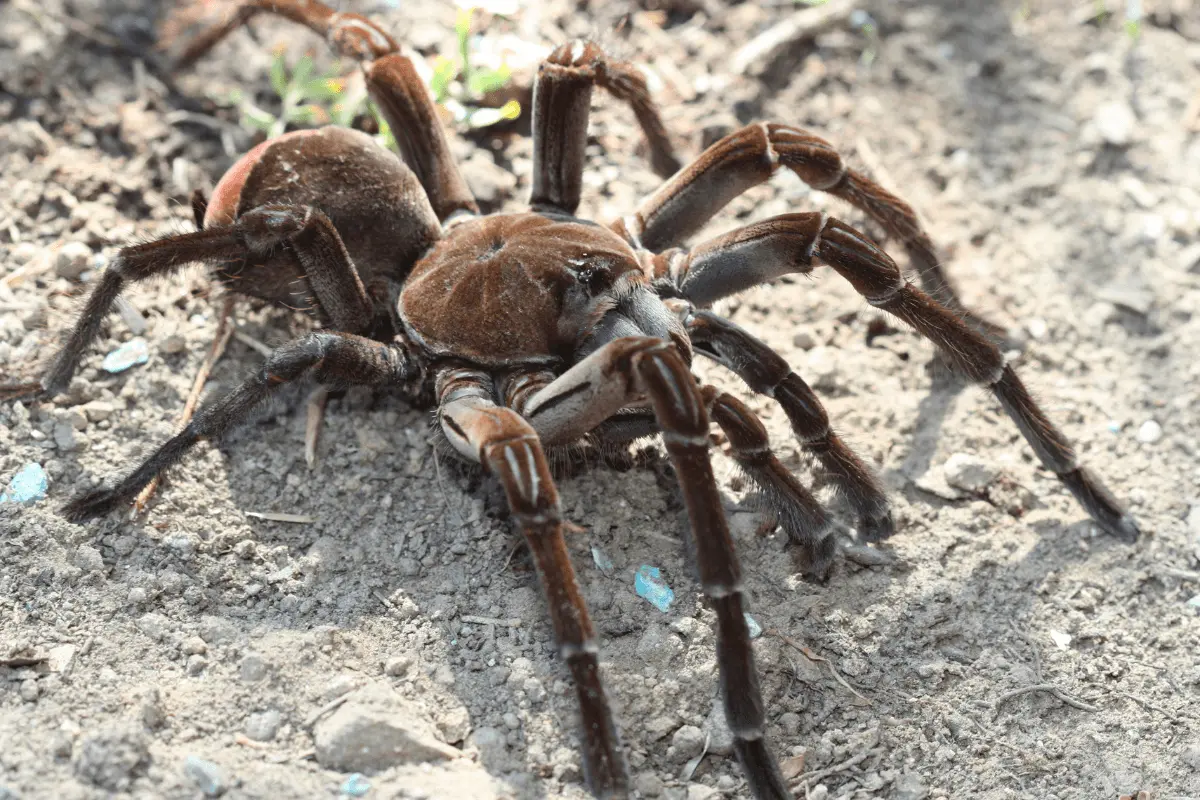
It is the largest type of spider with a weight of 6 ounces. Its body can expand to a diameter of 11 inches, and its legs are slightly shorter than those of the spindly Great Huntsman. It also has a fist-sized torso.
It is a nocturnal insect and can eat tiny rodents, bats, snakes, lizards, and sometimes, bird eggs or young birds.
Wild Boars
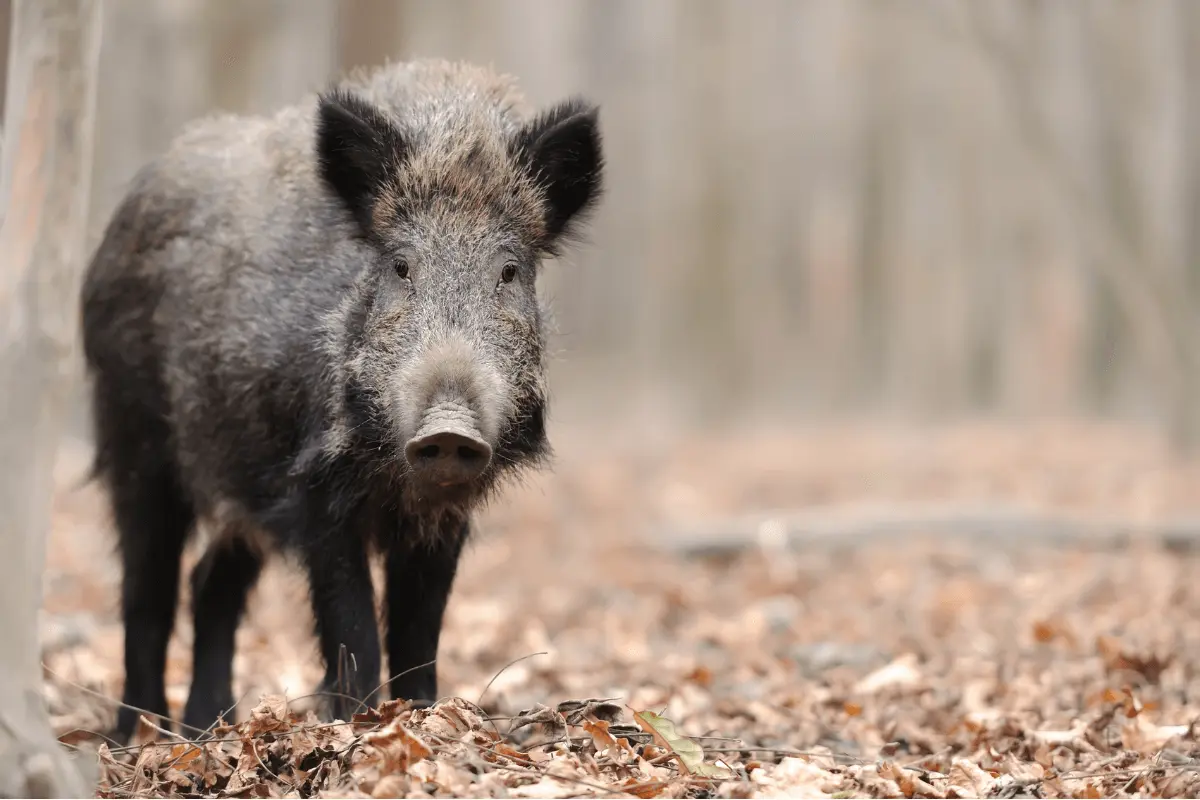
Wild boars are also known as common pigs or hogs. They have modified behaviors and can consume anything available, including snakes and other reptiles. Moreover, rattlesnakes have stopped rattling in places in Texas where feral hog populations are strong and prevalent.
Since feral hogs enjoy eating snakes, rattlesnakes are extinct because of their defensive rattling signaling their location to the hogs.
Leopards
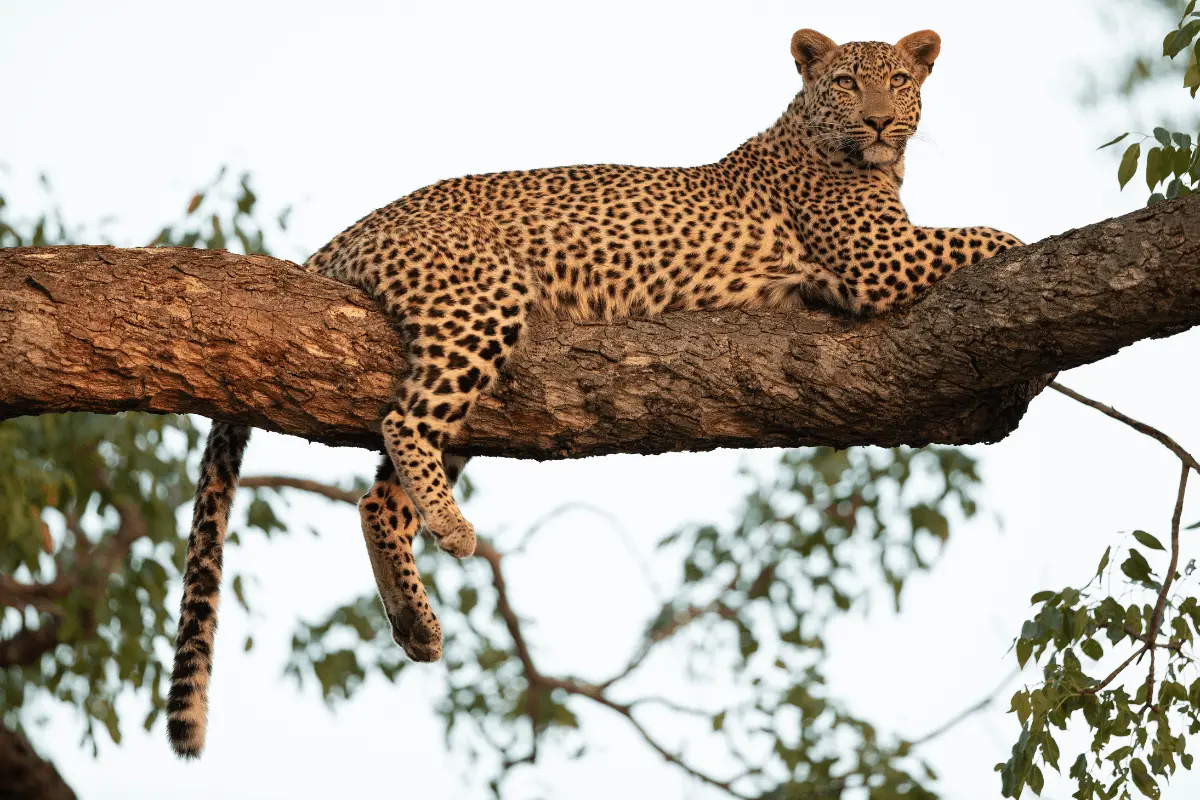
Leopards are strong big cats that resemble lions, tigers, and jaguars in both genetics and physiology. As carnivorous creatures, leopards will consume whatever kind of flesh they can get their hands on, and snakes can be a fantastic supply of prey for this species. All leopards vary in size and eating habits. Moreover, leopards are nocturnal animals and prefer to live in bushes.
Raccoons
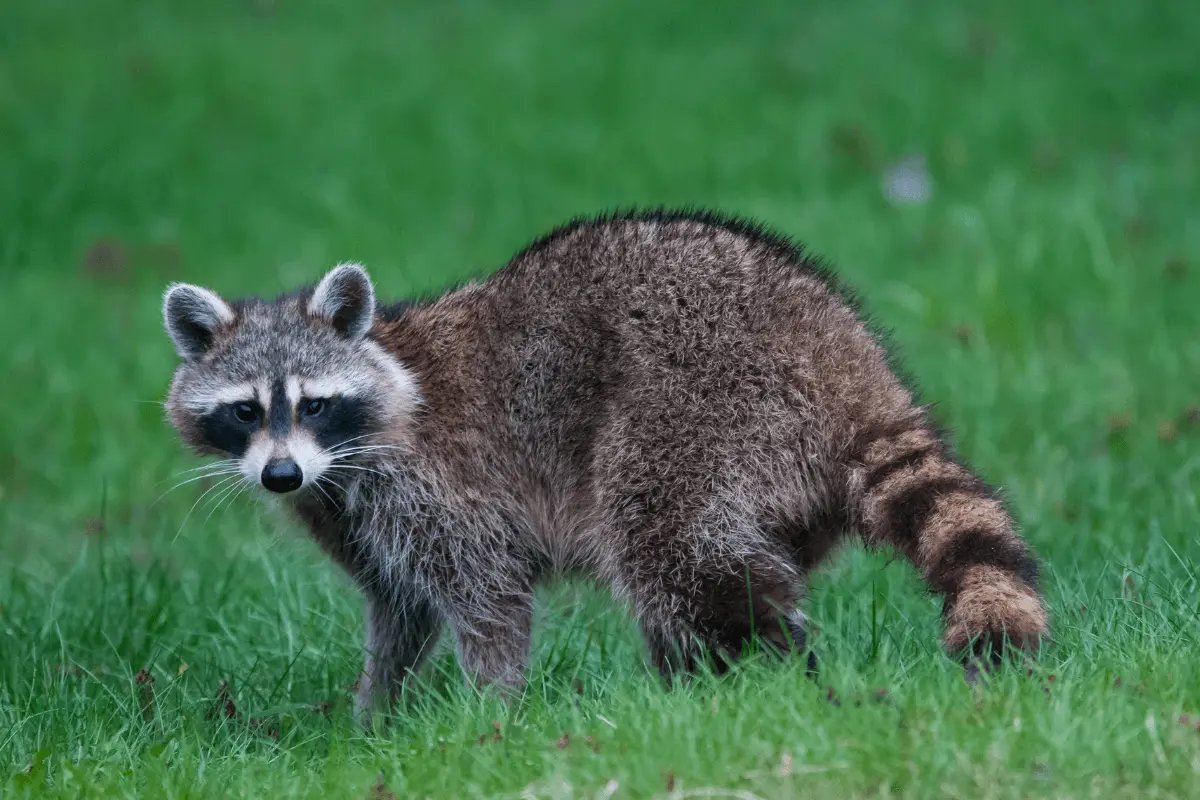
Raccoons are omnivores and can eat just about anything they can, including snakes. They prefer to consume young snakes over larger snakes. It is because small snakes move more slowly than adults and are usually simpler to capture. Besides that, raccoons don’t like wasting their energy and instead seize opportunities to take down simple prey.
Weasels
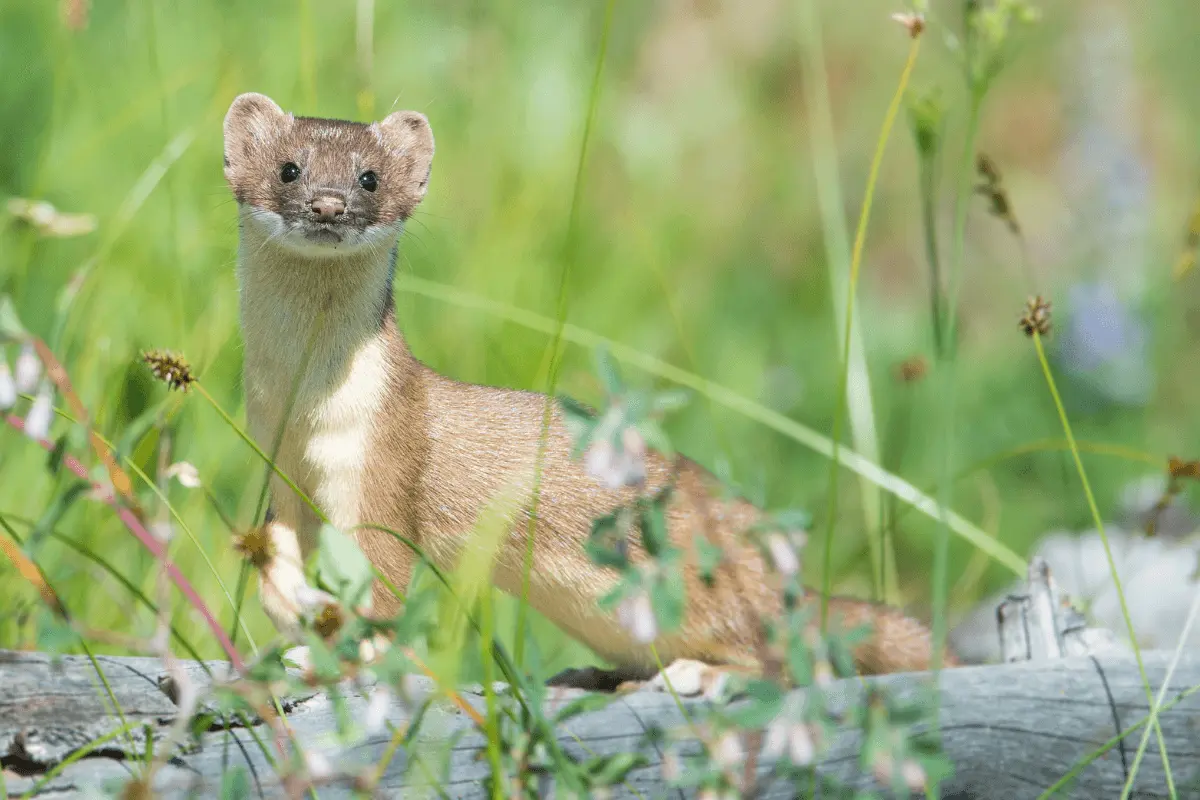
Weasels are carnivores having slender bodies. They are brown and white n color. They are violent predators and hunt alone on snakes, rodents, mice, and birds. Due to their narrow bodies, they can carry their prey to their burrows. Moreover, they kill more prey than their actual need to store them for the future.
Squirrels
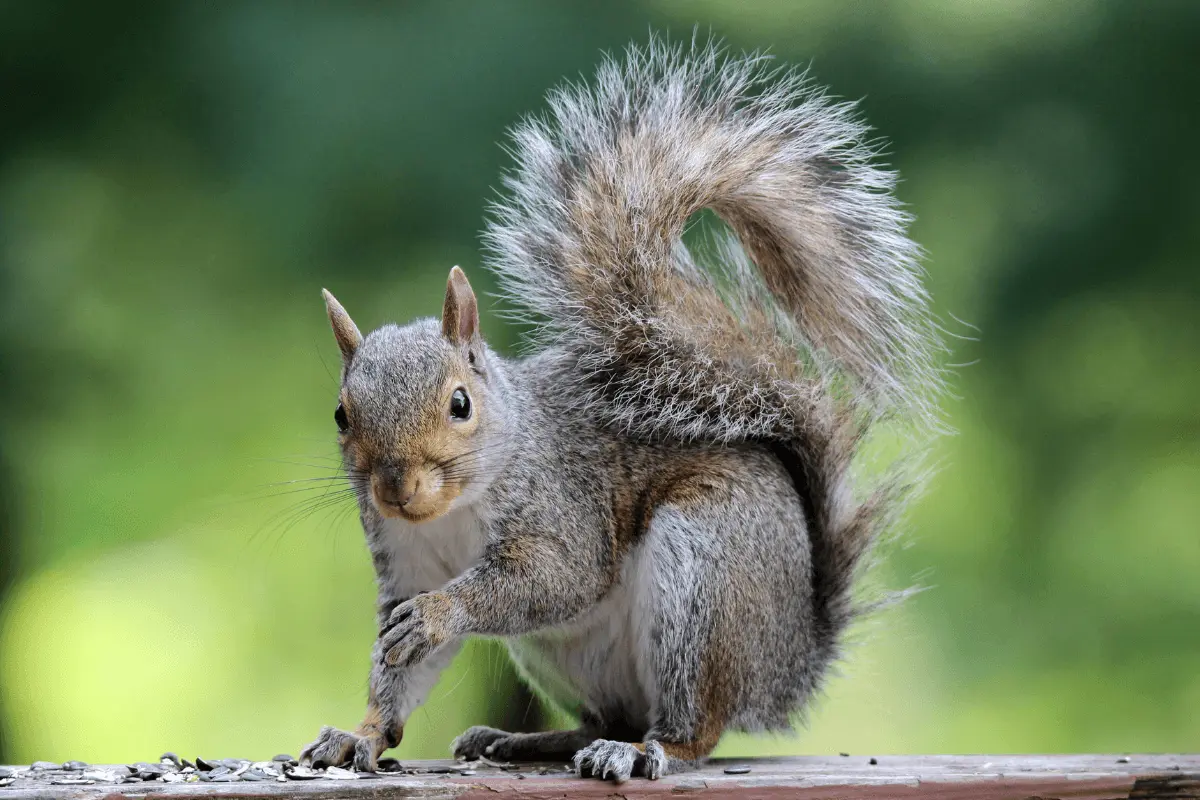
Squirrels are agile rodents that are present throughout the world. They come in a wide variety of sizes because there are many different species. Squirrels often bury their food in anticipation of the winter.
Though they eat birds and their eggs, you can find them eating snakes. However, because of their size, they prefer to hunt down and kill little snakes that they may subsequently consume.
Largemouth Bass
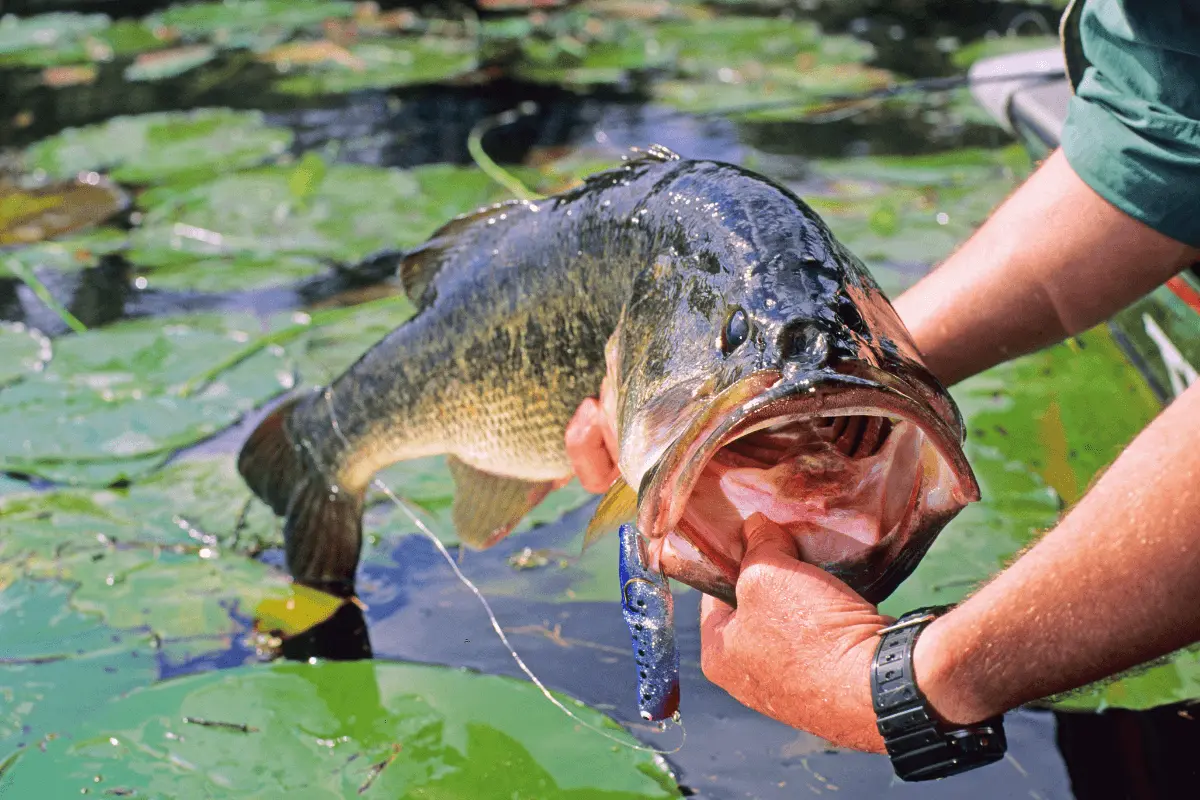
The largemouth bass is another kind of snake predator. This fish is endemic to Eastern and Central America. Although they frequently consume smaller fish, largemouth bass have also consumed snakes.
Waterbirds, bats, frogs, crawfish, hatchling turtles, and crocodiles are just a few of the small species that the largemouth bass is known to devour. Moreover, they assault and consume their victim using their senses of smell, vibration, sight, and hearing.
Snapping Turtle
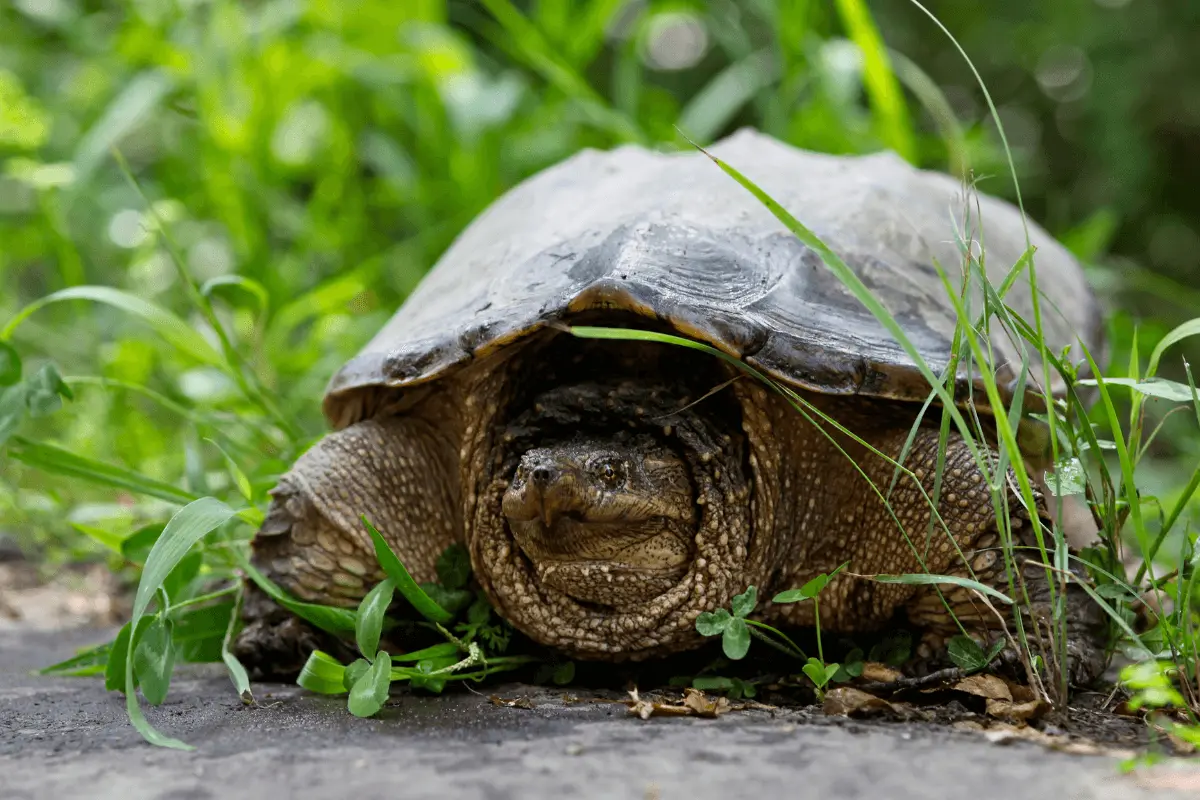
A snapping turtle can readily hunt down and consume a snake on land and in the water because it is a natural predator of snakes. They are ambush predators who prefer to wait for their prey to approach them in silence. Given that, snapping turtles don’t typically leave the water, most snake interactions take place there.
King Cobra
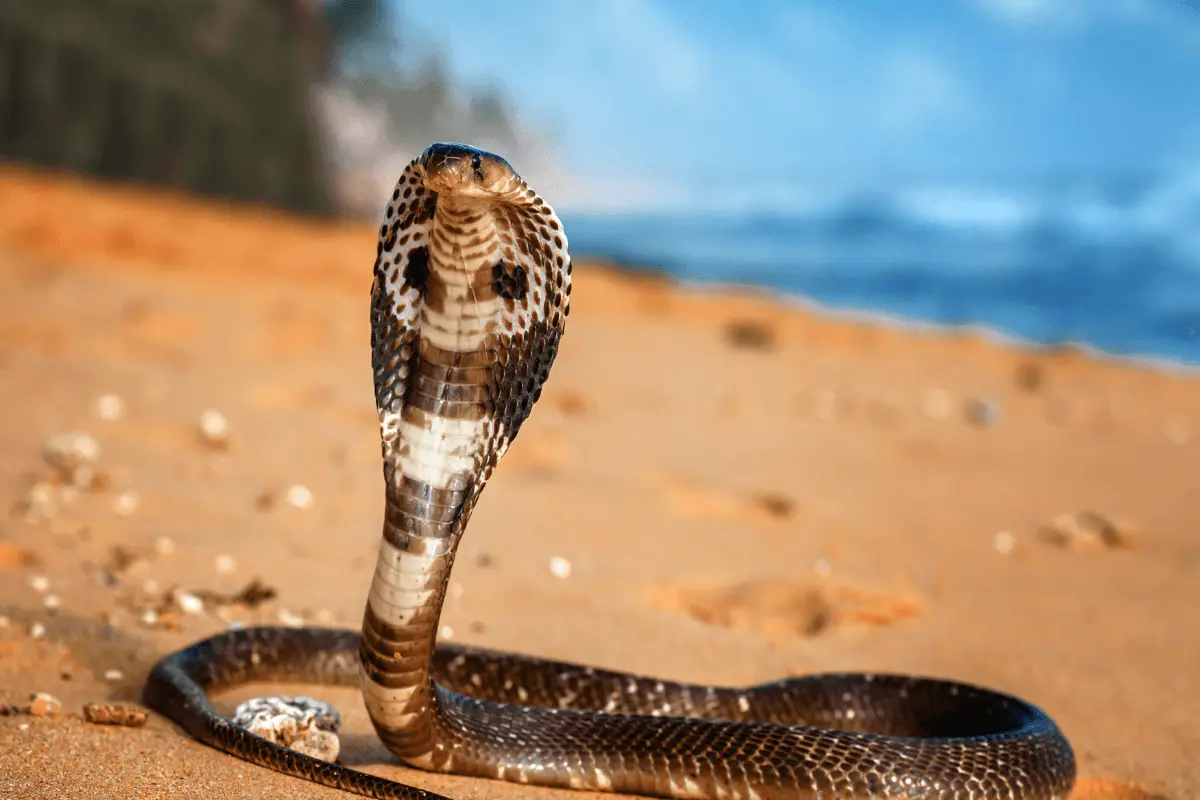
You may wonder to know that snakes eat other snakes. King cobra is one of the largest poisonous snakes that feed on other snakes, including rattlesnakes, pythons, vipers, and other cobras. These harmful snakes are native to India, Hongkong, and China. Aside from that, when they have less food, they eat rodents, birds, and lizards.
Birds That Eat Snakes
You may wonder to know that not only animals but also some common birds eat snakes. Some of the snake-eating birds are given below.
Owls
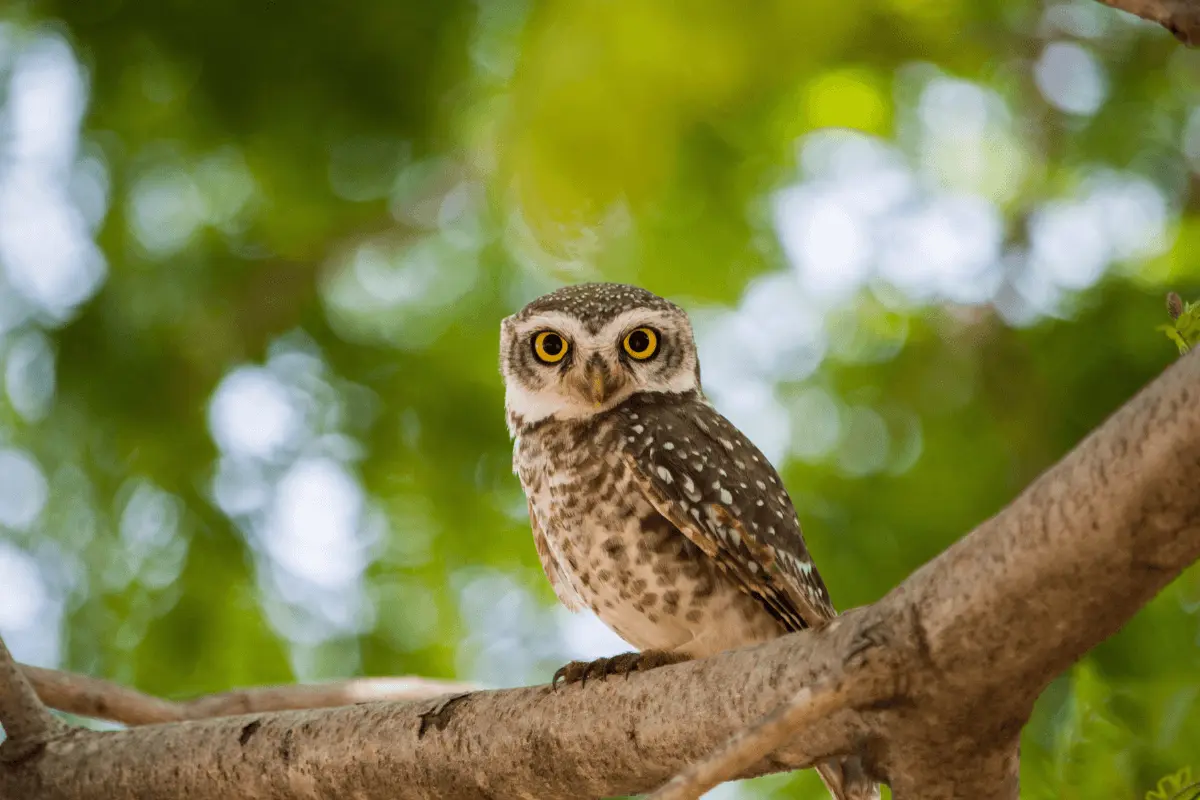
Owls are nocturnal birds with keen vision, particularly when snakes are crawling around. Although snakes make up a small portion of their diet, they are the favorite food of owls. Owls living in a forest are more likely to eat snakes than those living near farms and ponds.
Moreover, they have sharp beaks and long tails to capture snakes. Additionally, their keen eyesight enables them to prey on snakes.
Snake Eagle
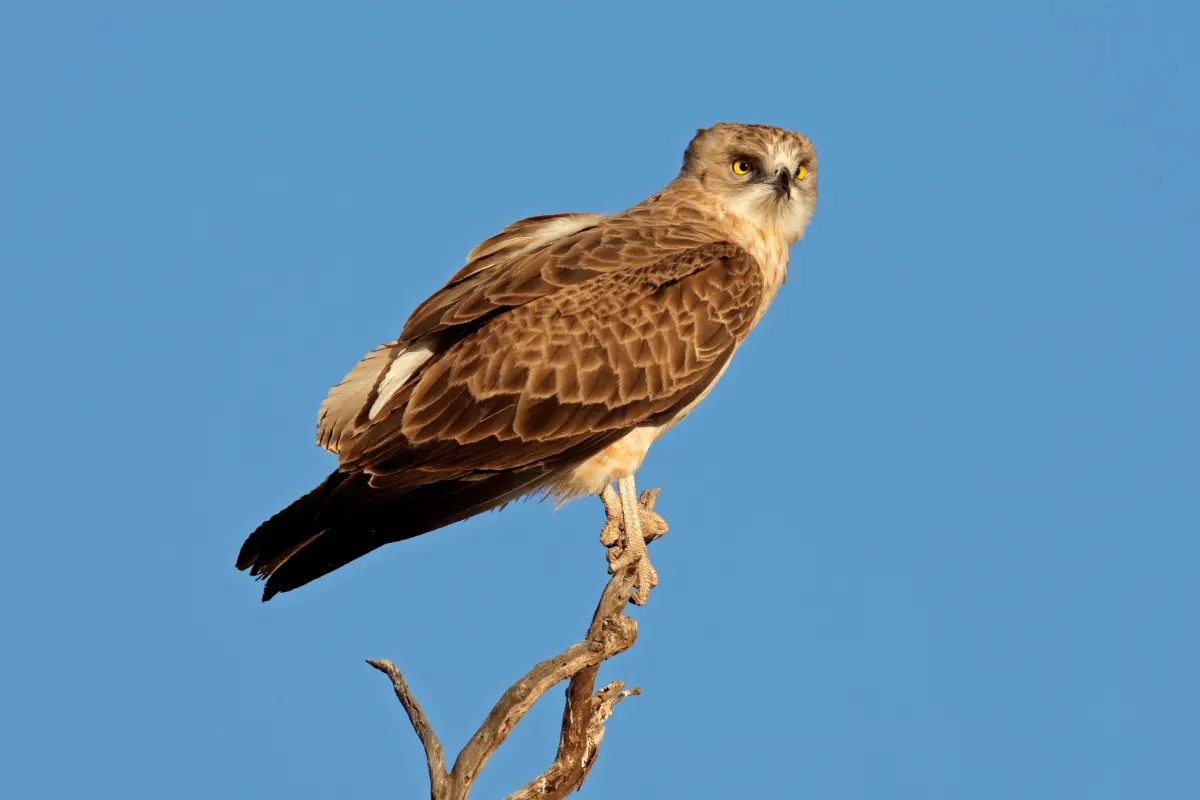
The term “eagle” is used to describe a range of animals. Some of them are native to Asia, while some are present in America. They are known to eat various dangerous animals. Numerous varieties of eagles specialize in eating snakes, including serpent or snake eagles.
The Snake eagle is a medium-sized bird that preys on small animals like rabbits and some large insects. Moreover, these eagles have thick skin along their tail and leg to guard themselves against a snake bite.
Crows
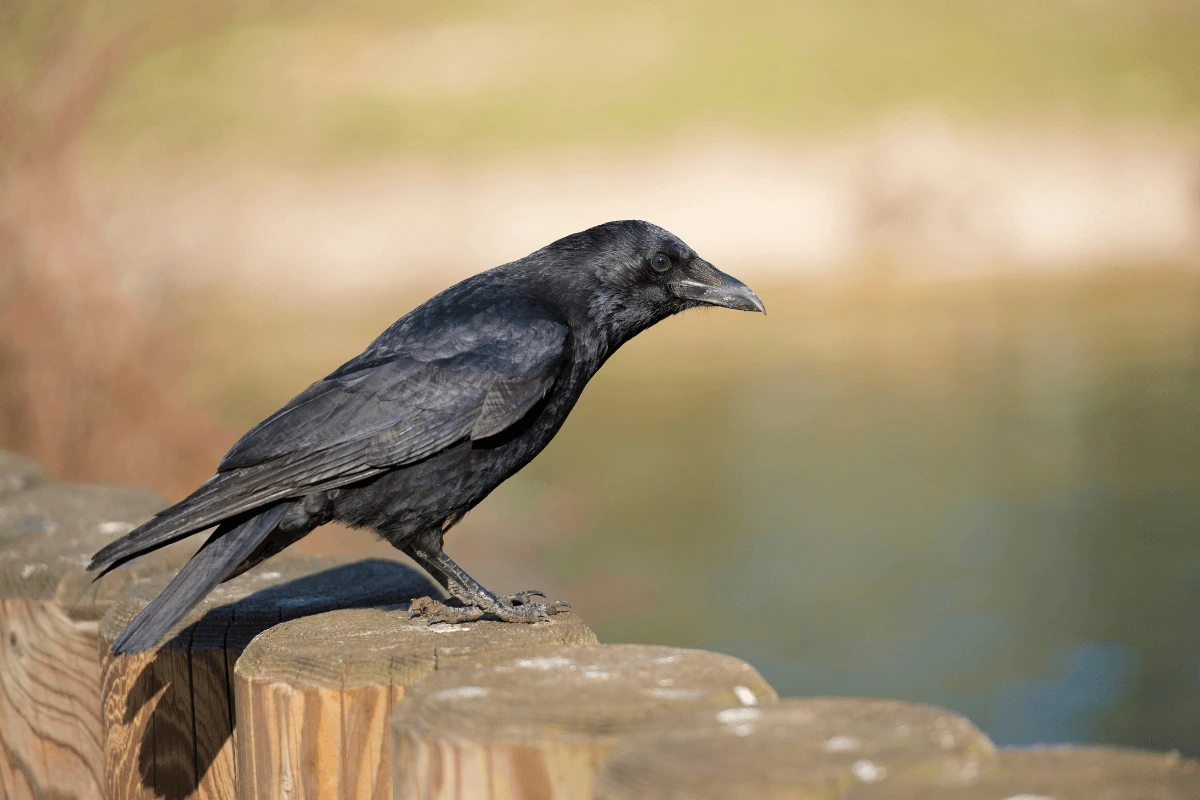
Crows are black birds that are present throughout the world except in South America. As crows are omnivores, they eat the meat and eggs of various animals, including snakes. Although they have been observed eating live snakes, crows most likely consume dead snakes.
Remember that crows typically consume smaller snakes like garter snakes because they are not as massive as other snake-eating birds.
Falcons

Falcons are one of the cutest and most surprising birds that eat snakes. They are entertaining to watch as they swoop, whirl, and do loops in the air while flying. The eastern grass snake, which can reach a length of 4 feet, is one of the larger snakes that these birds kill and consume.
Herons
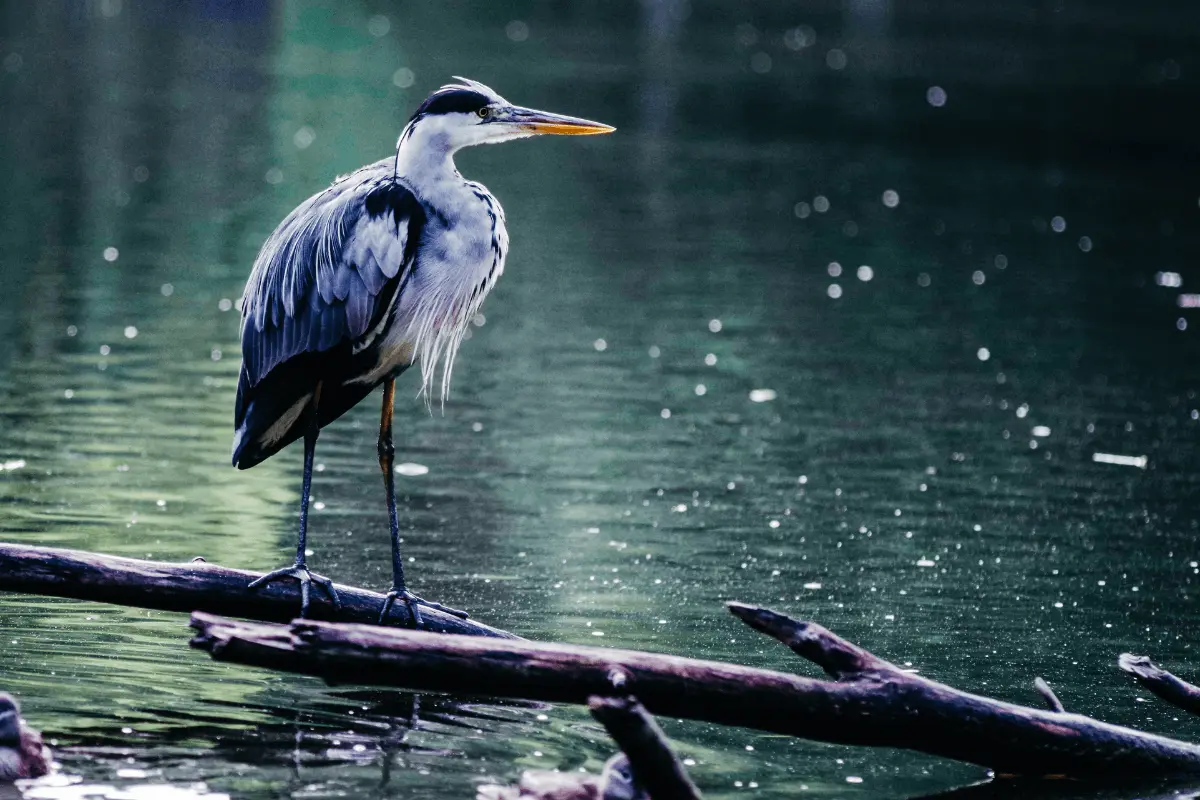
These long-legged birds enjoy wading across the water to eat fish. A heron may use the opportunity to pounce when a snake comes slithering around since they have exceptionally sharp beaks and claws that can pierce the flesh of snakes. Water and rattlesnakes are their favorite snakes to eat.
According to the BioOne Digital Library, herons extend their neck to capture small prey. Moreover, their long legs enable them to view what is moving on the ground from a height.
Cormorants
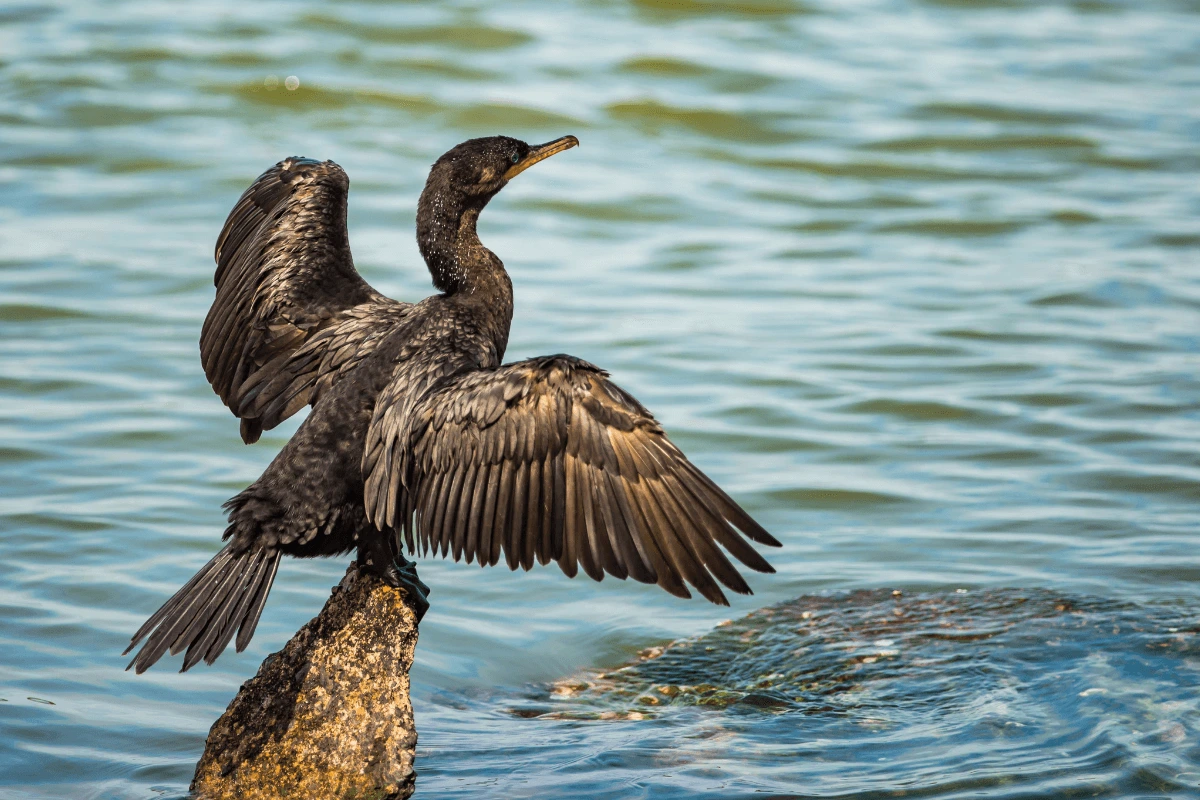
Cormorants are water birds that are frequently spotted. They have long necks and curved beaks that protrude from the water. These birds are proficient in hunting and killing snakes. They hunt for snakes underwater until they find one, then immediately pounce on it and dispatch it.
When a bunch of cormorants discovers a snake, they can consume it all at once or take turns devouring the delectable meal.
Shoebill
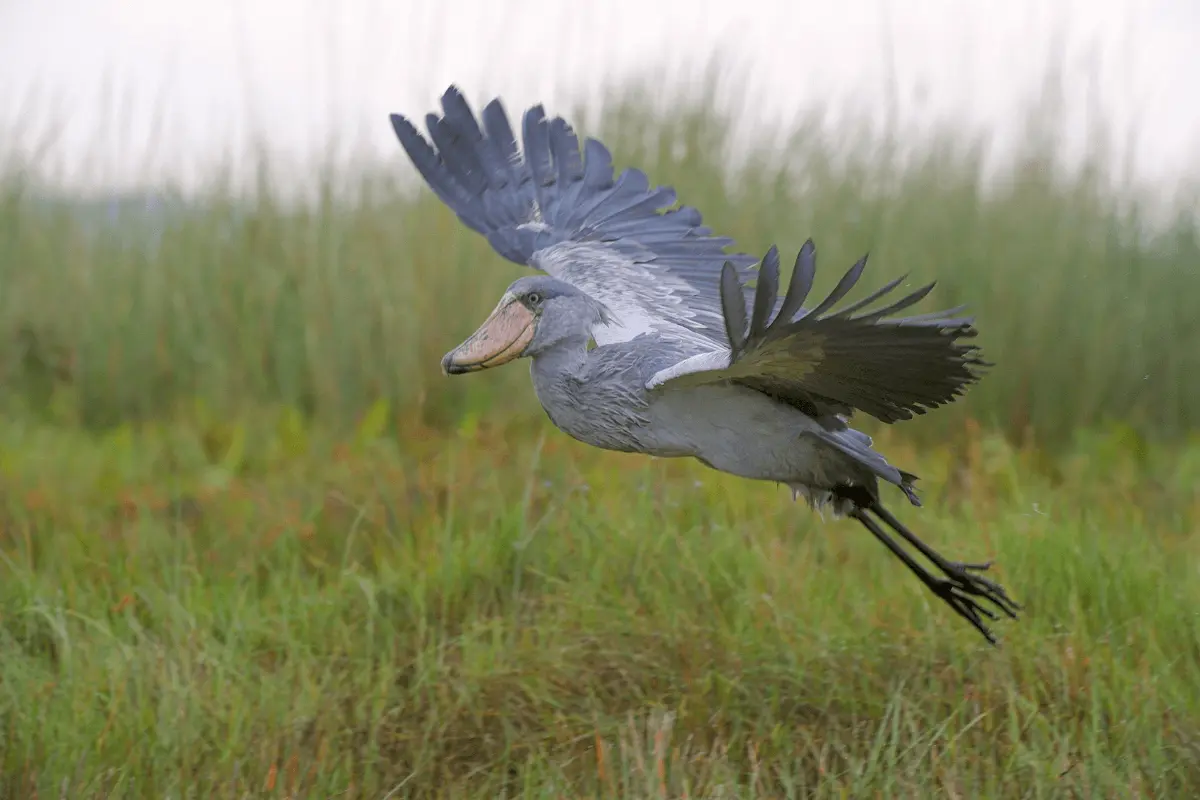
The Shoebill is a large stork-like bird. It has shoe shape beak, that’s why known as Shoebill. It is a big bird, often measuring 110 to 140 cm in length, though some shoebills can grow as long as 152 cm. This bird is an African native, and it hunts and catches its prey in several marshes. It favors fish but may eat water snakes as well.
Vultures
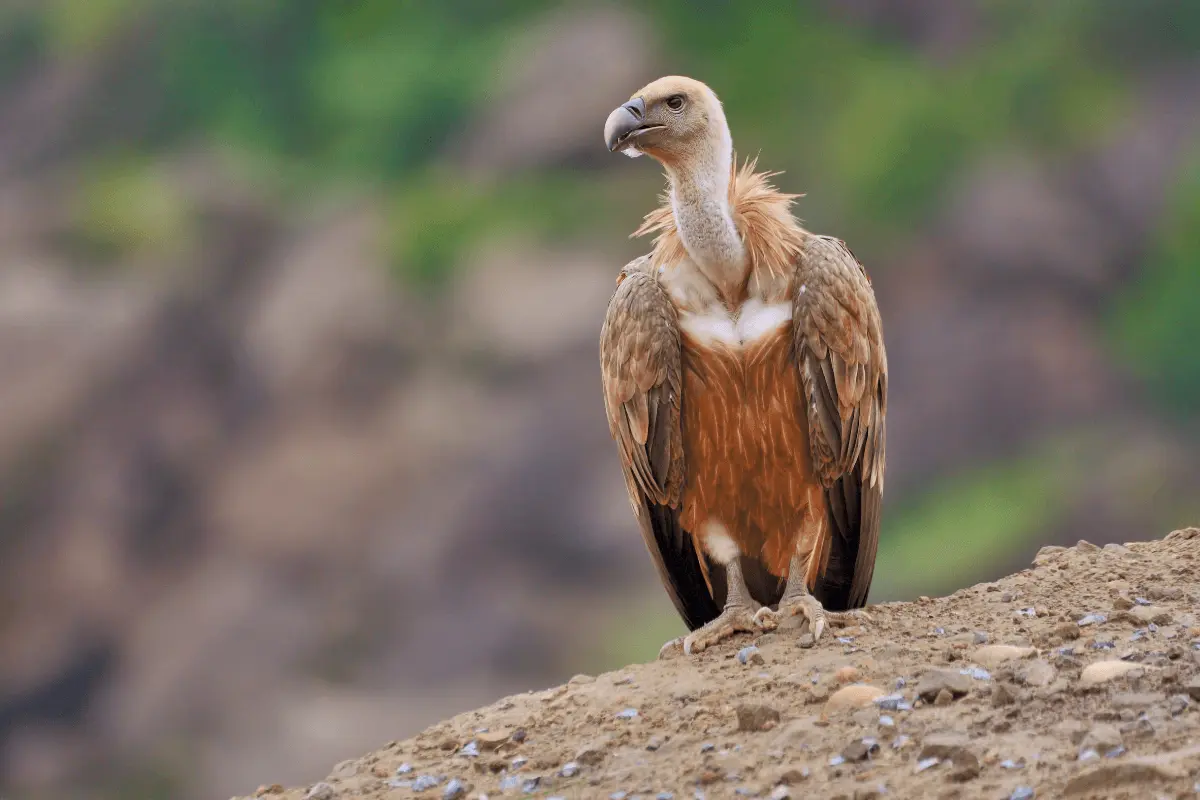
Vultures can consume anything that they can get through their claws. They don’t attack snakes often since they love chasing other prey, like rabbits, fish, and scorpions. But when they find a tiny or medium-sized snake, they don’t waste the chance to grab it and transport it somewhere secure so they can start dissecting it. Moreover, they don’t consume live snakes.
Chickens
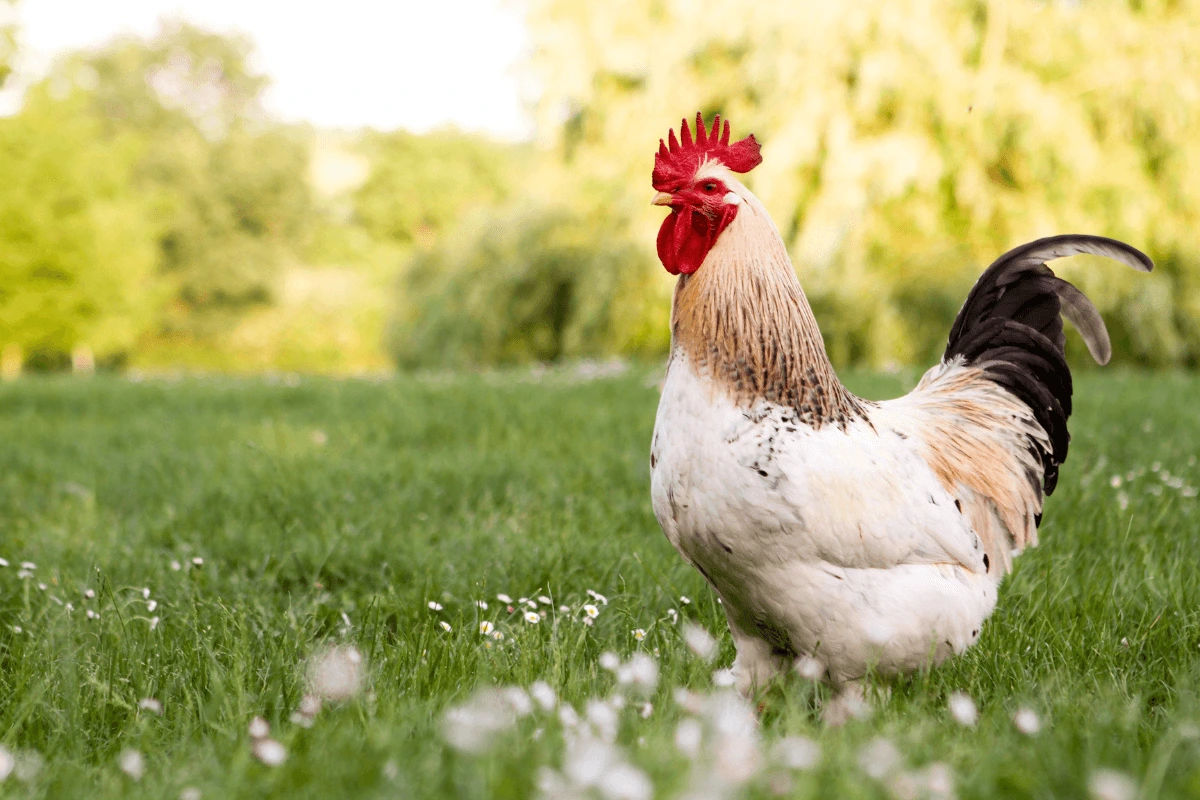
You may think that chickens are not smart enough to prey on snakes. However, the truth is that they are extremely cunning and intelligent birds. If you offer food to them in the same place twice a day, they’ll learn the location and reach that place themselves at the same time.
These opportunistic birds consume anything to satisfy their hunger, including insects, worms, rodents, mice, cockroaches, and even small snakes.
Ducks
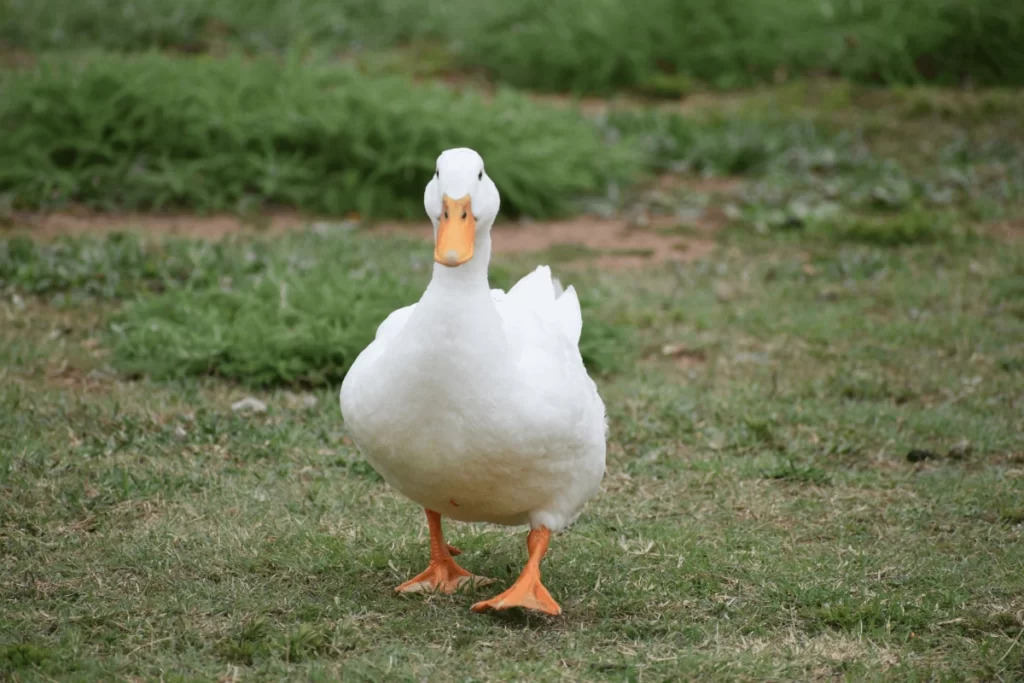
Although adorable tiny ducks don’t seem like they could hurt other animals, they like feasting on worms, ants, and other insects. Additionally, when the chance presents itself, they aren’t hesitant to eat a little water or a garter snake.
They are invincible against the typical little snake thanks to their quick reflexes, strong claws, powerful beaks, and outstanding eyesight.
Geese
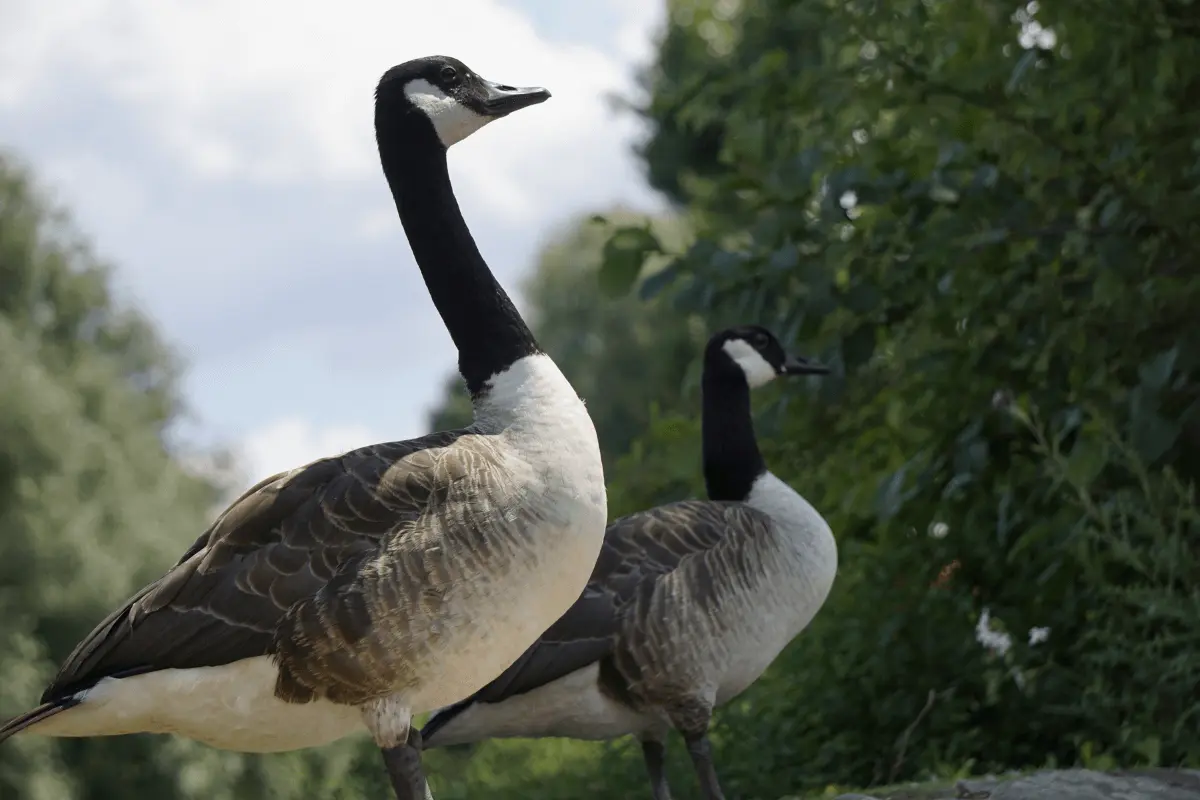
Although geese rarely consume animals, these birds are known to eat snakes occasionally. A sick or injured snake that won’t put up much of a struggle is typically the snake that a goose eats. It is because they don’t work harder to obtain a meal.
It is simpler to consume little insects and plants than devour a snake. But if you see geese munching on a snake’s carcass, don’t be shocked.
Turkeys
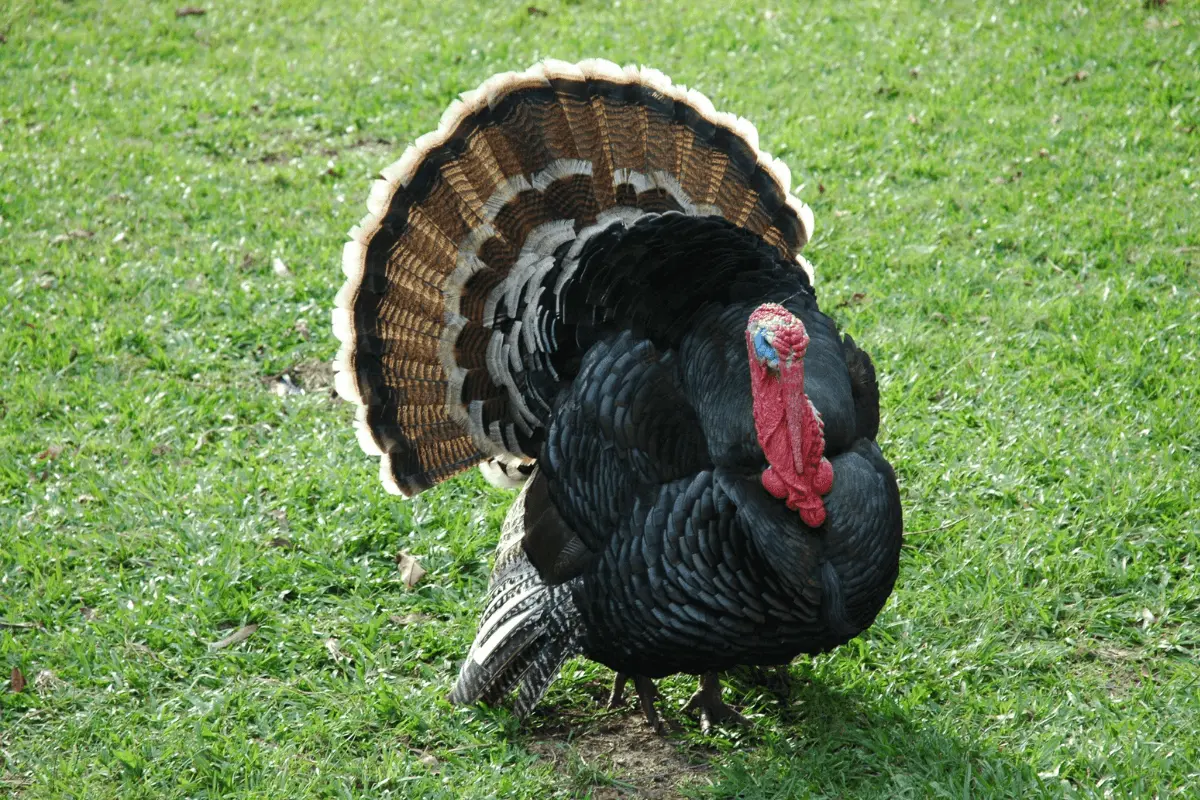
Farm-raised domestic turkeys don’t consume snakes because their owners provide them with food and expose them to many worms and insects to keep them happy and healthy. However, wild turkeys are not fortunate and rely on their hunting prowess to find the food they require to survive.
Therefore, a wild turkey will likely attack a little snake if hungry and turn it into a meal.
Cranes
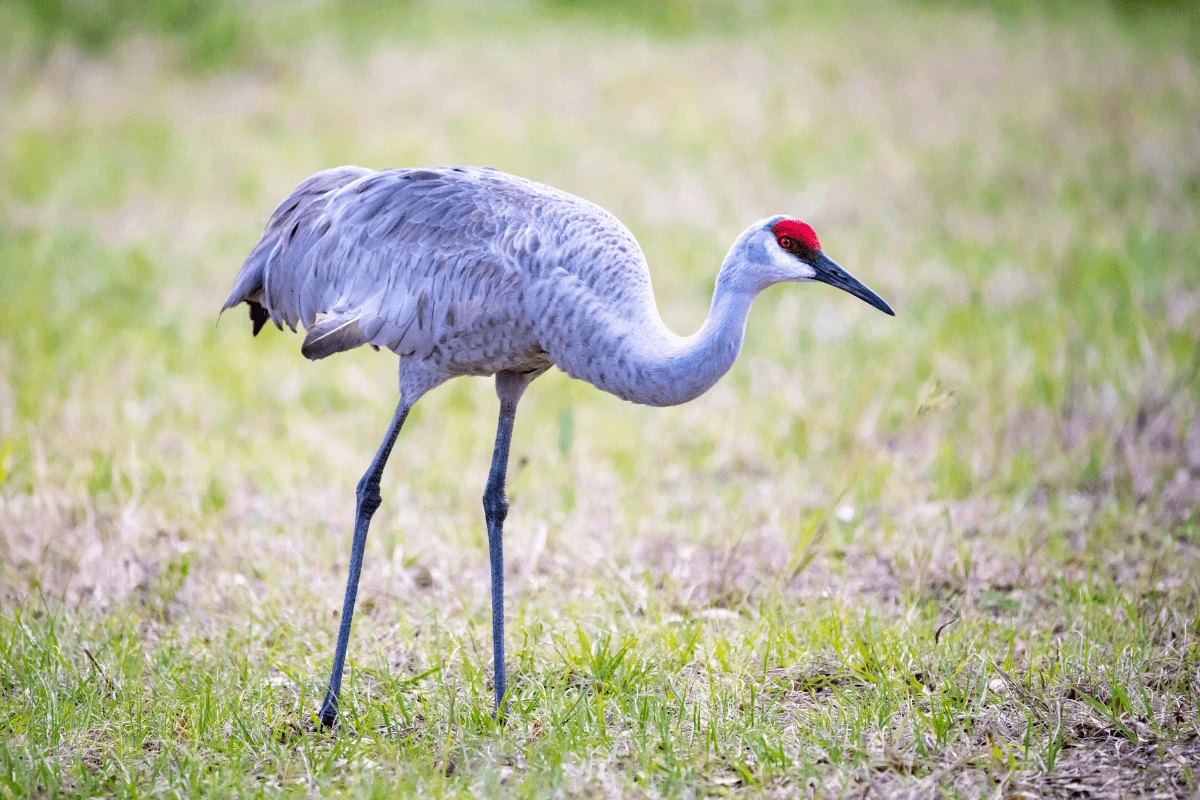
Cranes are also water birds, like herons, and eat various aquatic creatures and food, including aquatic snakes. In reality, cranes are omnivores and consume both water plants and animals. Although cranes typically eat large plants and other flora, their diet can vary depending on what is available, so any snakes who come across their way will suffer bad luck.
Peacocks
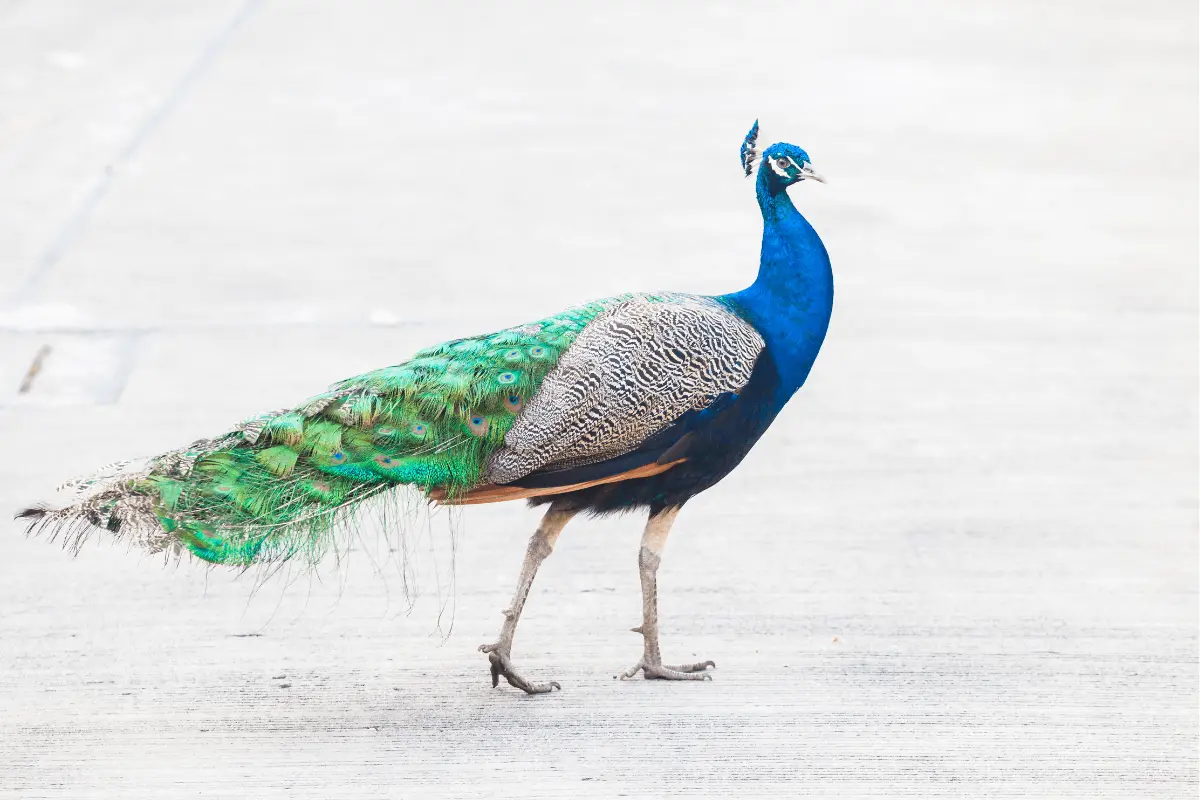
Peacocks are well-known for their stunning feathers, loud screeching sounds, and being a symbol of royalty. Nevertheless, did you know that peacocks consume snakes?
Since these birds originated in Asian regions where snakes are common, they are genetically adapted to pursuing and stalking snakes as prey. Peacocks enjoy eating snakes so much that they’ll even attack massive, dangerous snakes when they get an opportunity.
Kookaburras
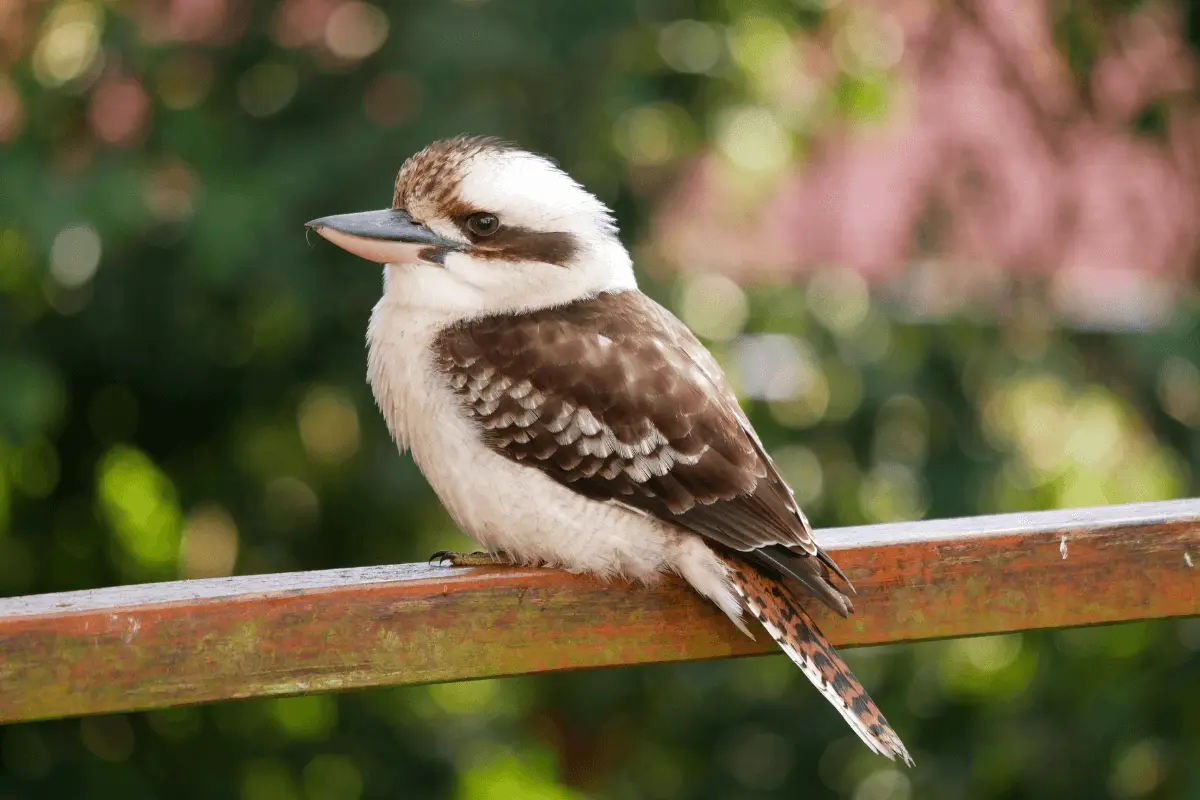
These Australian-born, medium-sized carnivore birds enjoy devouring snakes. However, snakes aren’t the only food they’ll eat because they’re fussy. Aside from lizards and flies, they are known to eat small animals like mice and baby rabbits.
Like any other species that doesn’t compete with the size of snakes, Kookaburras will snag a lesser snake for a meal if they manage to come across one.
Secretary Bird
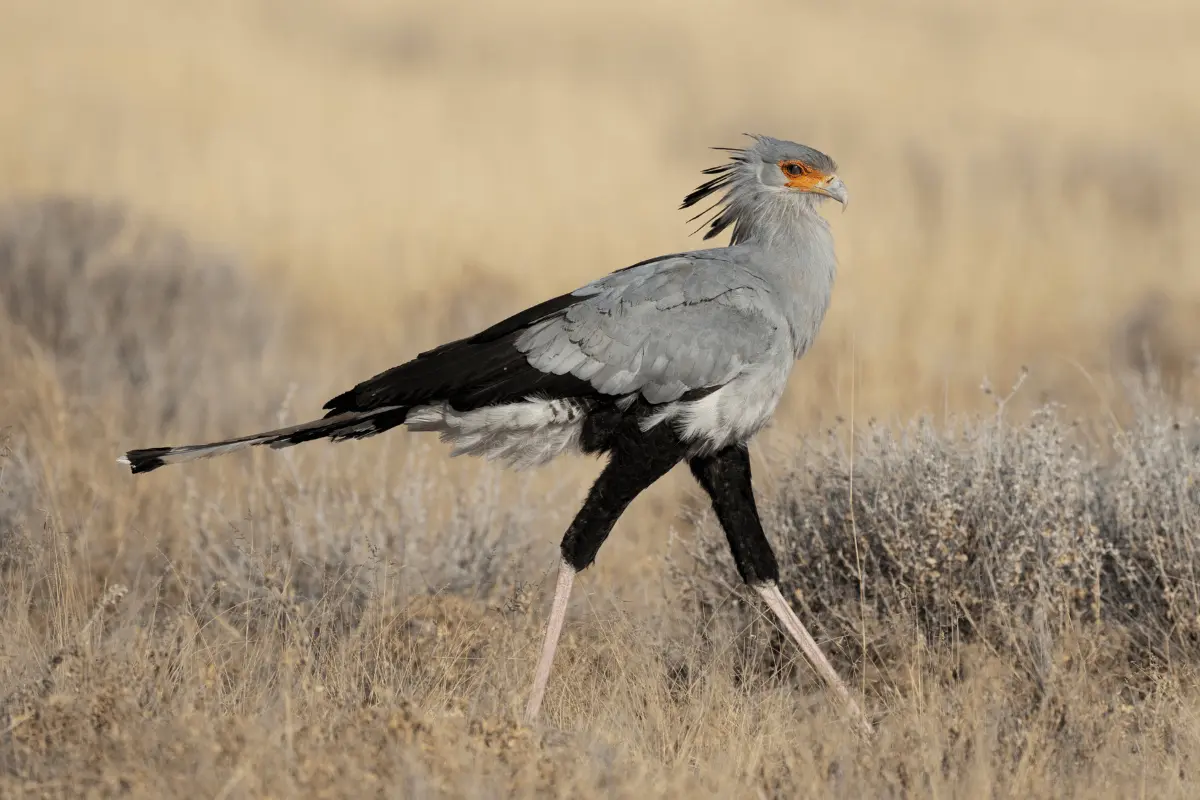
Although it is uncommon to see this bird, it is known to skulk in the bushes to find insects, lizards, and snakes. They are fast, active, and lively birds. Their enormous leg strength for their size makes them a worthy opponent for whatever prey they choose to concentrate their attention on.
Additionally, these birds are skilled at trampling on grasses to frighten snakes out of their hiding spots so they may close in and snag one for a meal.
Roadrunners
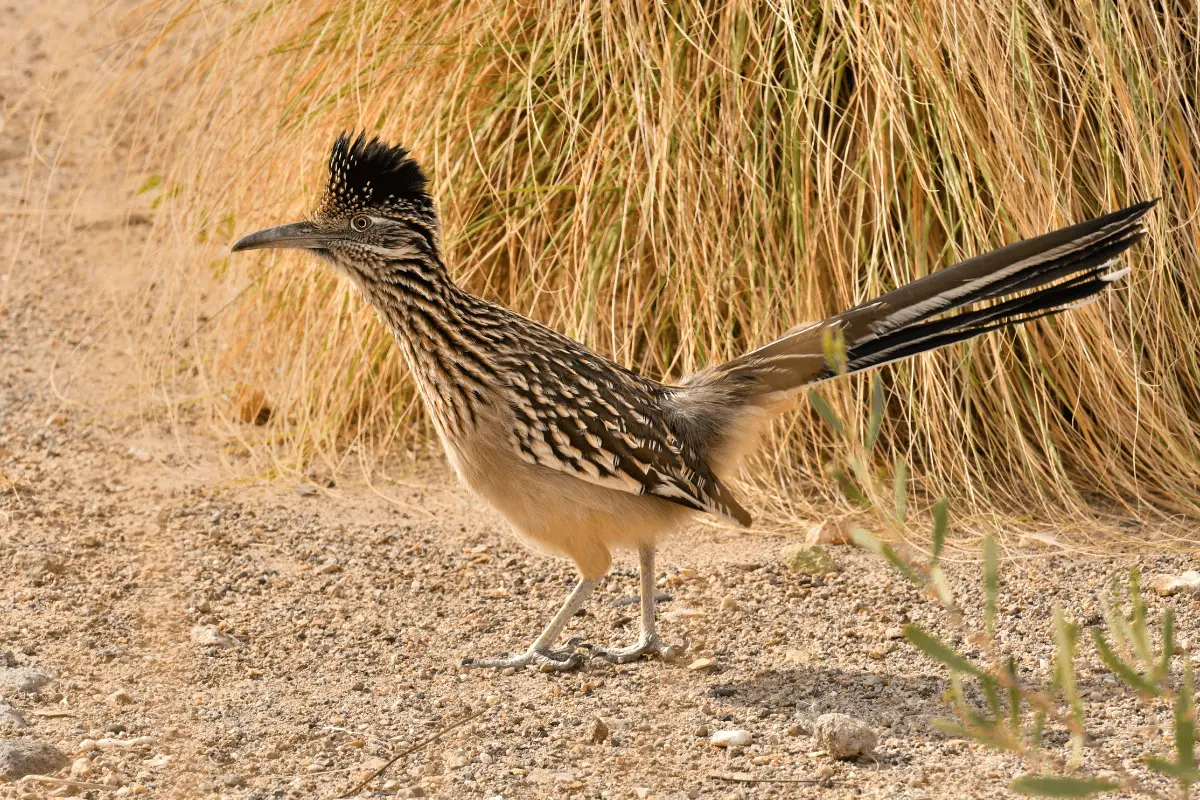
Although the roadrunner is portrayed in media as a large bird that hunts down coyotes, it is a little bird that avoids conflict. They rarely use their feet to chase after their prey; instead, they rely on their wings to fly to their target. Though venomous snake poison can harm roadrunners, their fast movement and razor-sharp claws and beaks offer them a fighting chance with snakes.
Hawks
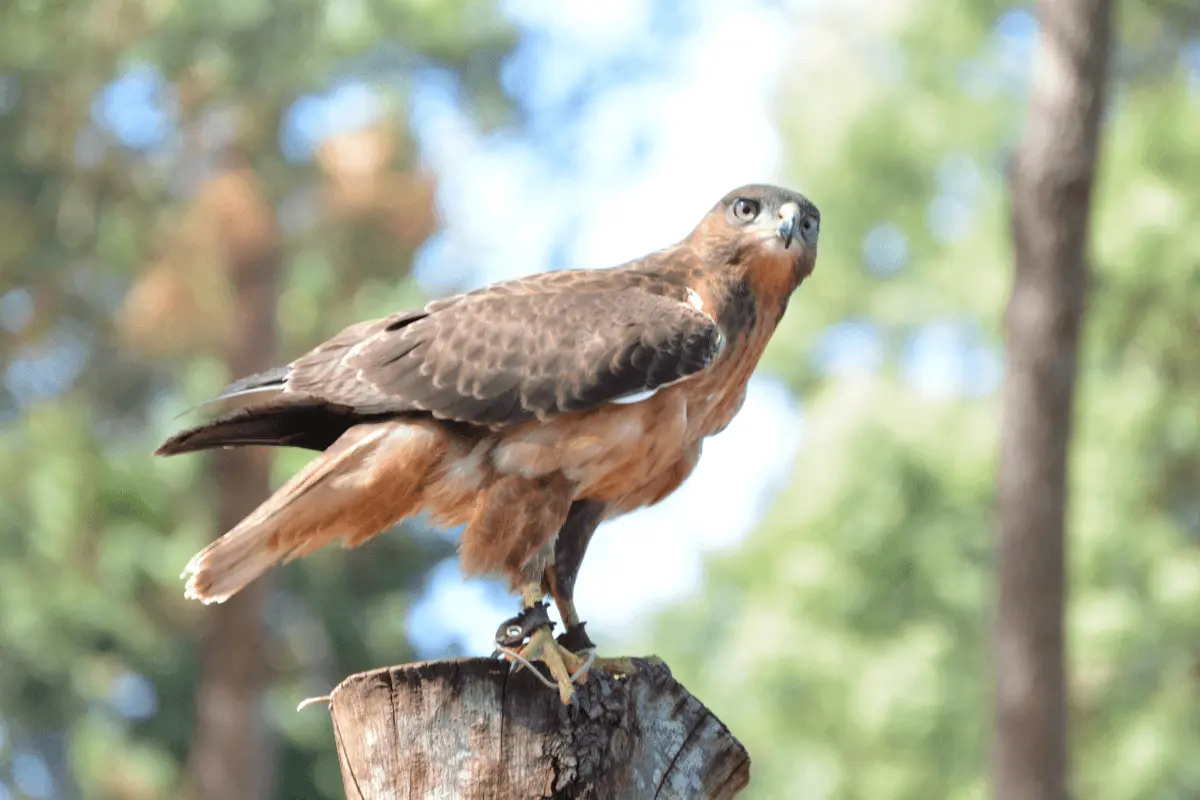
Hawks are clever predators that never miss a chance to trap their prey. These carnivores had no problem picking up a snake and taking it away to consume it. If a snake is bigger than a hawk, it will not kill and eat it. However, if a snake has a manageable size, a hawk will eat it even if it is poisonous.
Final Thoughts
Snakes are an essential part of the food chain and consume by various animals, especially in the wild. Animals that eat snakes include other snakes, birds like hawks, eagles, owls, and falcons, and animals like bobcats, opossums, and foxes.
These Ophiophagus animals are widespread throughout the planet and can be found in large numbers in North America. Furthermore, some of these creatures are venomous, while others have evolved to be immune to the venom of snakes.
You may know now that snakes are vital to complete a food chain. So, whenever you see a snake, think before trapping or killing it.
FAQs
References
Thiel, A., Evans, A.L., Fuchs, B. et al. Effects of reproduction and environmental factors on body temperature and activity patterns of wolverines. Front Zool 16, 21 (2019). https://doi.org/10.1186/s12983-019-0319-8
Allen, M.L., Peterson, B. & Krofel, M. No respect for apex carnivores: Distribution and activity patterns of honey badgers in the Serengeti. Mamm Biol 89, 90–94 (2018). https://doi.org/10.1016/j.mambio.2018.01.001
James A. Kushlan, Kirsten Hines “Behavior of the Agami Heron (Agamia agami),” Waterbirds, 39(2), 187-192, (1 June 2016)
